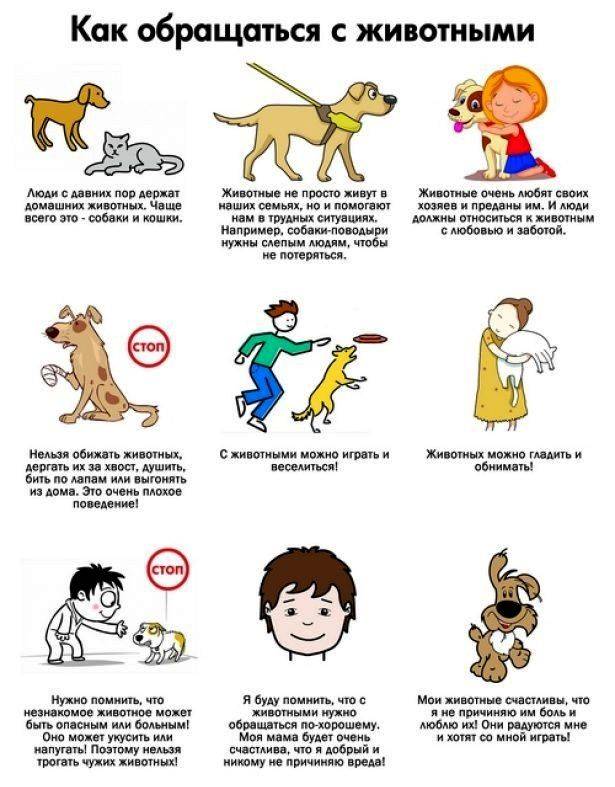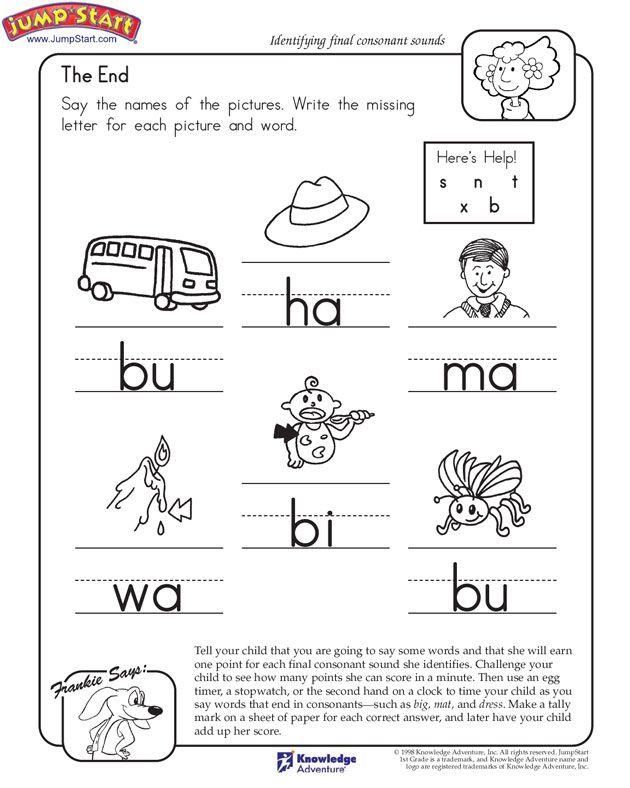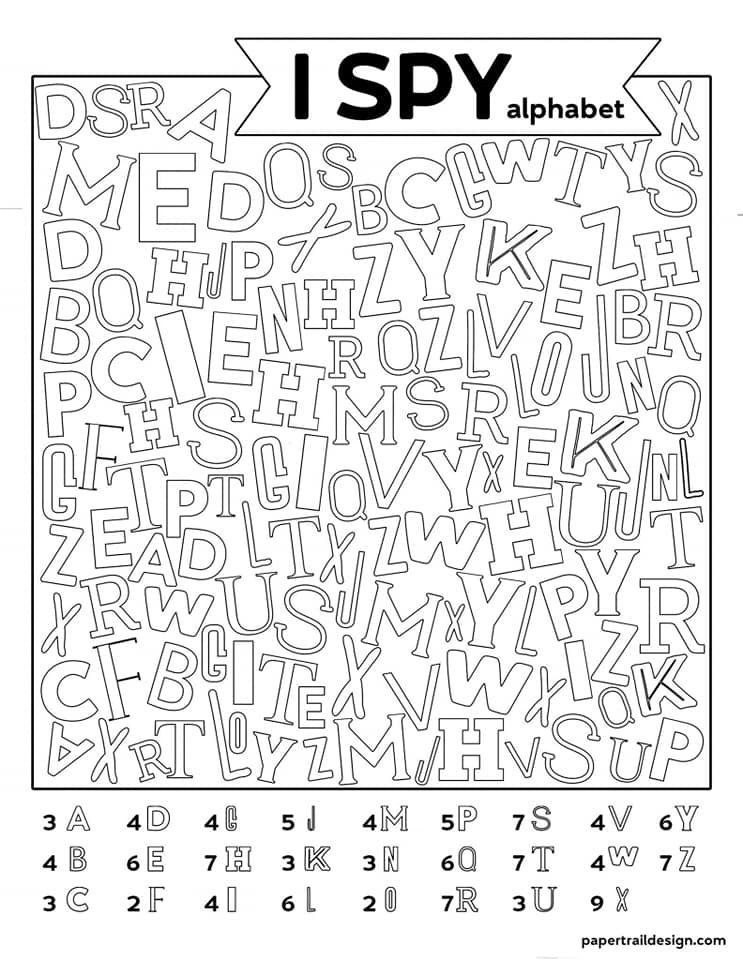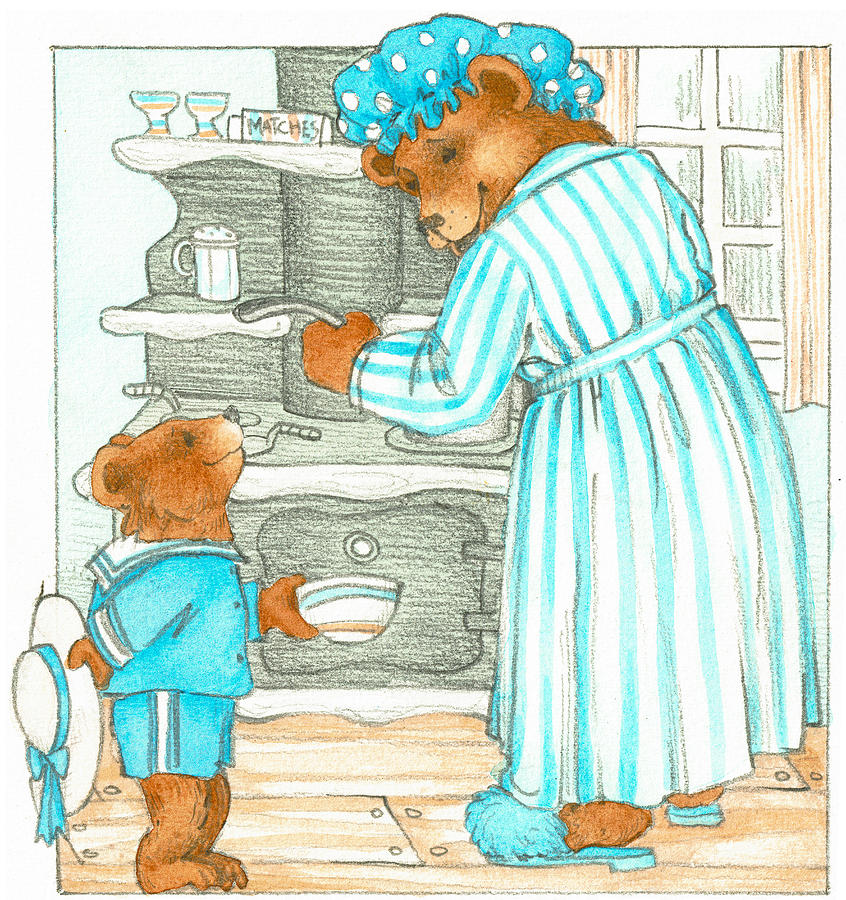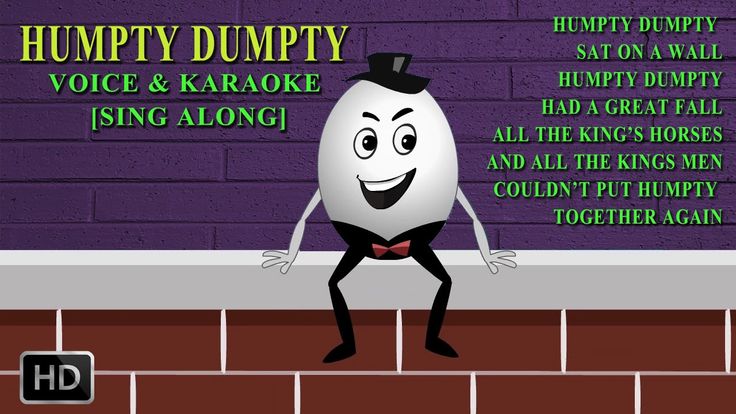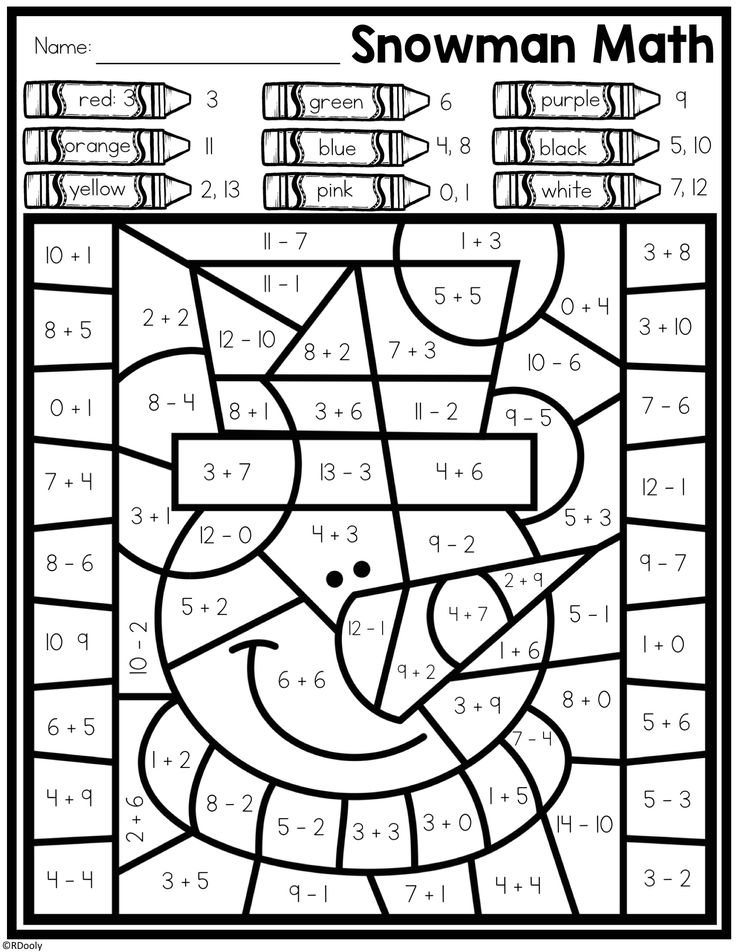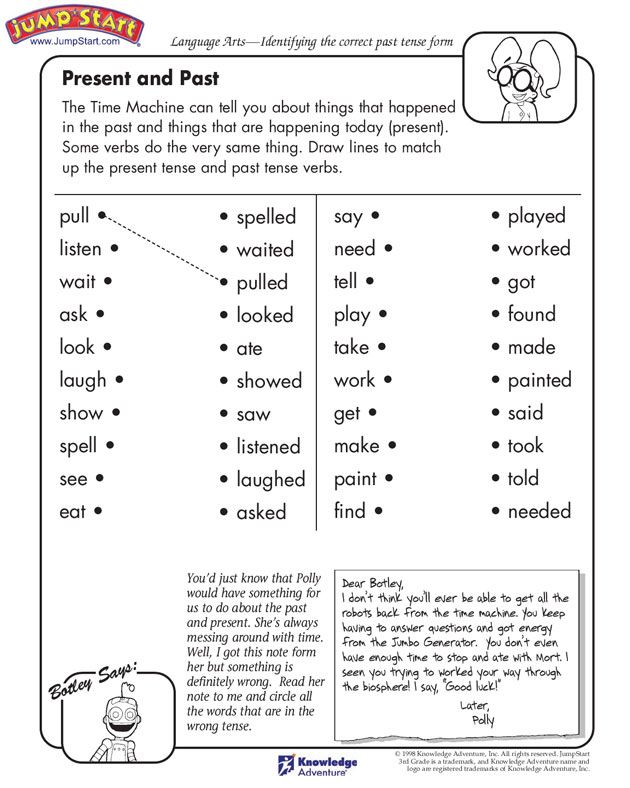Teaching shapes to first grade
15 First Grade Shapes Activities You Haven’t Done Before
Are you looking for some fresh ideas for first grade shapes activities? These shapes activities will get students active, engaged, and having fun throughout your lessons!
First grade shapes activitiesShapes and geometry are two of my favorite concepts to teach, so I love finding new and creative ways to enhance my students’ learning experience. Whether it’s opportunities for movement, incorporation of arts and crafts, or adding in songs and videos, there’s always something new and exciting to include in my shapes and geometry lesson plans! Keep reading for some first grade shapes activities that you probably haven’t done before.
Use an interactive anchor chartOne of my very favorite first grade shapes activities is to make a What Does the Shape Say? anchor chart. Students can read clues to match shapes, attributes, and vocabulary and add these elements to the chart as a class.
I like to use removable glue sticks to turn each chart piece into a little reusable sticky note. That way I can take the chart apart and have students help put it back together as a review or as a game. I usually make extra copies of the chart parts to use in small groups and math centers, too.
Change up a songI love finding ways to incorporate songs into my shapes lessons. Using songs really helps students remember concepts!! For my first grade shapes activities I like to play the song What Does the Fox Say? But instead of saying fox, we say shape. So it becomes What Does the Shape Say?
My students absolutely love changing up the words and singing in class. I like to get kids up and moving by playing the kid-friendly Just Dance version of the song on YouTube.
Make shape bookletsI love to use these shape booklets for students to describe the attributes of 2D or 3D shapes from the shape’s point of view. If you’re working on teaching first grade standard 1.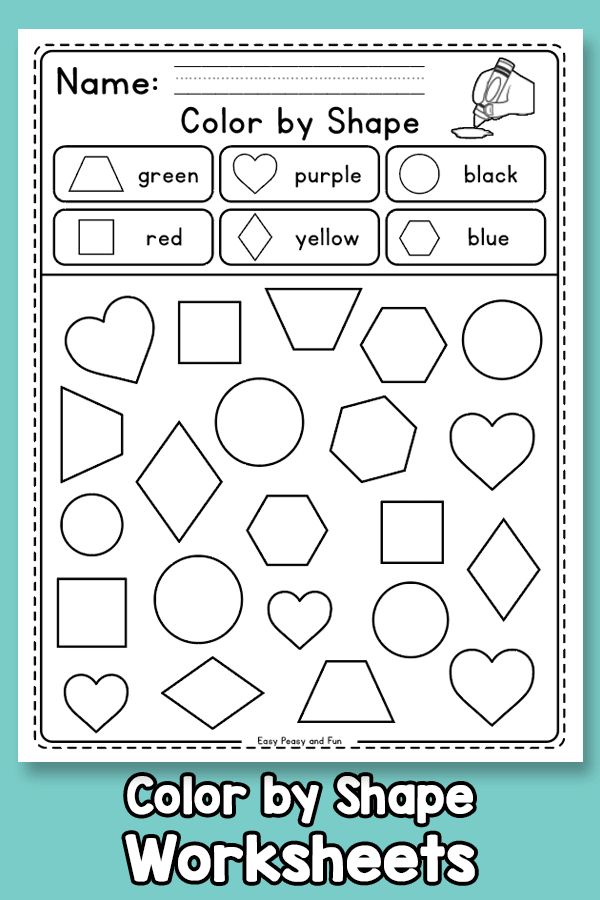 GA.1, this is one of the first grade shapes activities that addresses that standard well.
GA.1, this is one of the first grade shapes activities that addresses that standard well.
This is a great way to incorporate ELA standards into math lessons as well. Students can practice using quotation marks while also practicing their writing skills! It really gives students the opportunity to practice writing about math by using math vocabulary, which is an extremely important skill for students to learn.
Get students writing about shapesSpeaking of incorporating ELA standards into math lessons, here’s another one of the first grade shapes activities that does just that! Create a fox shape craft and writing activity.
Display a sentence frame for students and model how to write dialogue that speaks for the shape. Students will tell about the shapes attributes by speaking from the shape’s perspective.
We even used the ChatterPix app to animate our foxes! Click here to watch our video on YouTube.
These colorful crafts also make an easy math bulletin board! I love that they show students’ learning in a fun and unique way.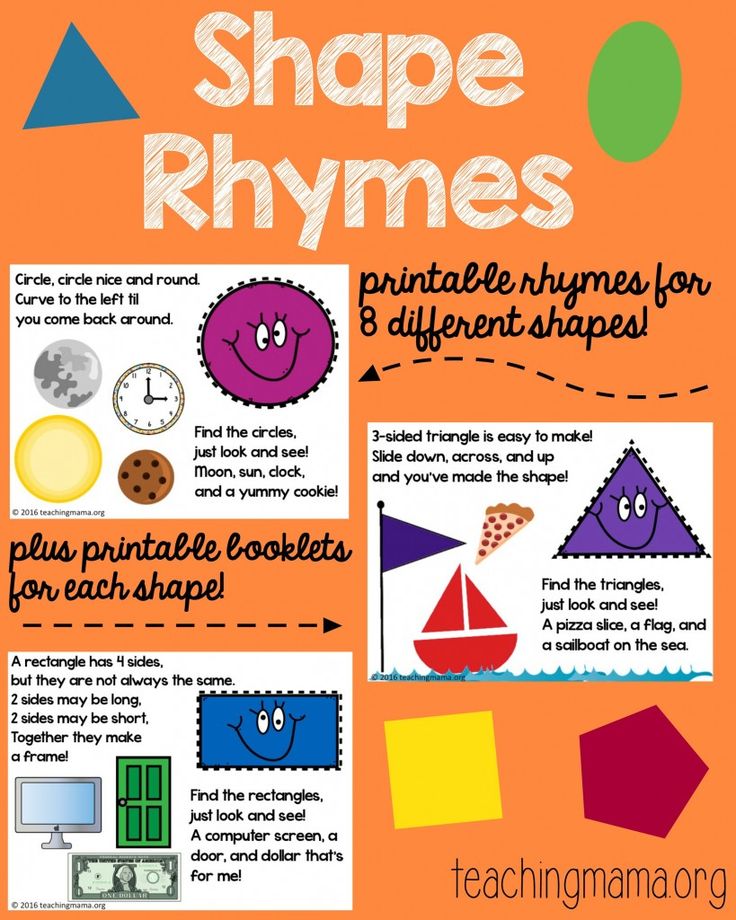
Allow students to get up and moving with a Roam the Room game. Have each student make a shape out of Play Doh and lay it on their desk. Then have students walk around the room with a clipboard and this FREE Shapes Around the Room page. Students will identify the shapes that their classmates made and write the name of each classmate under the Play Doh shape they made!
Munch on shapes with Munchie MathStudents always seem to have more fun when there’s food involved! For this activity, use a variety of shaped crackers and have students sort them by number of sides and vertices.
Use this FREE Munchie Math Printable for students to identify the name and attributes of each shape! The dollar store usually has a lot of options for shaped crackers.
Have students quote quadrilateralsAn awesome no-prep variation on the fox shape writing craft I usually do is a Quote the Quadrilateral craft.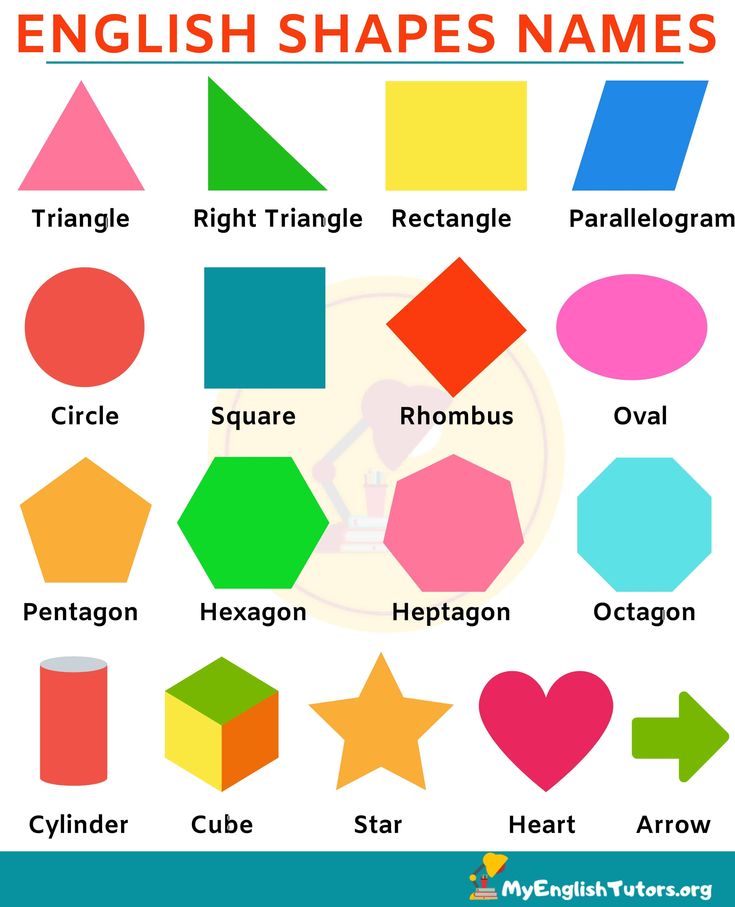
Have students draw a quadrilateral on construction paper, cut it out, and add googly eyes. Then, students use quotation marks to speak from the quadrilateral’s perspective and tell about its attributes!
Play a shape matching gameI like to turn my shapes anchor chart parts into a little game for students. I pass out the parts to the chart—some have names of shapes and some have shape attributes. Students play a little version of I Have, Who Has to match each shape to its defining attributes.
This is a great activity for a whole group lesson on shape attributes!
Do a marshmallow tower challengeAdd an engineering challenge to your first grade shapes activities by having students create a marshmallow tower. Just provide students mini marshmallows and toothpicks. Students will create shapes using the materials. Then challenge them to see what shapes they can use to create a tower.
After the towers have been built, have students compare the different shapes they can find within other students’ towers! This is an awesome STEM challenge and a fun way to address composing 2D and 3D shapes (1. GA.2) in your lessons.
GA.2) in your lessons.
There’s no doubt that fun online games are a fan favorite in my classroom! I try to find games online that can really reinforce geometry skills for my first grade shapes activities. There really are a lot of great, free options, too!
Students can play Dino Crunch on Education.com to practice with attributes of 2D and 3D shapes. With this game students are challenged to figure out which attributes go with which shapes, and then they have their dinosaur gobble up the correct shapes.
This Kangaroo Hop game is helpful for students to practice identifying 2D and 3D shapes. Students have to identify shapes and have their kangaroo hop to the correct shape. This game has the option for multiplayer, so students can play the same game together. That makes it a great shape activity to use for centers.
I also have digital 2D and 3D shapes games to help students practice with attributes of 2D and 3D shapes.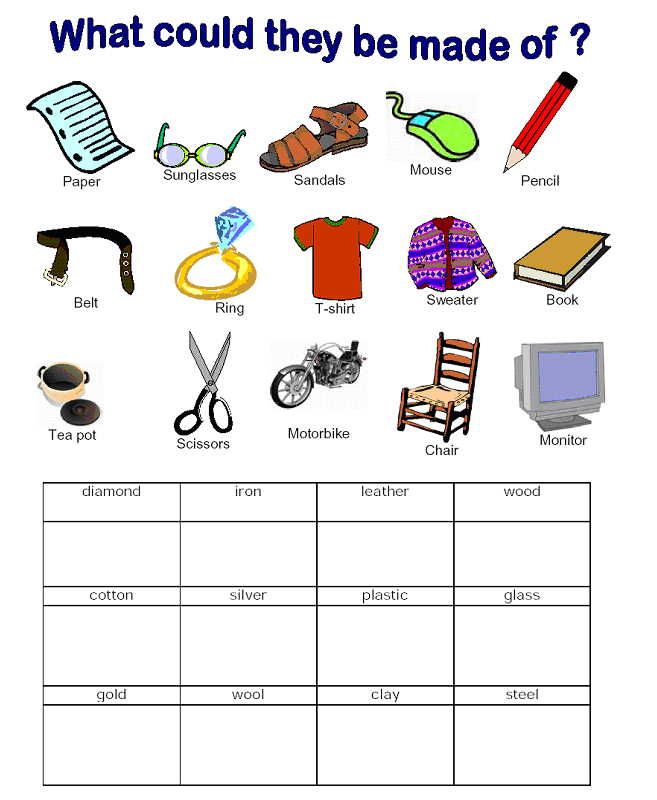 Check them out here!
Check them out here!
The following are Amazon affiliate links. I earn a small commission if you purchase these books.
There are so many great read alouds that are perfect for first grade shapes activities! Two of my favorites are The Perfect Square and The Greedy Triangle.
The Greedy Triangle is about a triangle that is bored with his life and wants to add another angle to become a quadrilateral. But then he becomes greedy and wants to keep adding more and more angles to become all kinds of different shapes. It’s such a fun story that really incorporates the math vocabulary that first graders are learning!
Here’s a short list of books you can add to your shapes activities:
- The Greedy Triangle
- Perfect Square
- Super Heroes Colors, Shapes, and More
- Magic Shapes
- If I Were A Quadrilateral
- If I Were A Polygon
Any kind of video tends to get my students’ focus and attention, so of course I love to use videos for my first grade shapes activities!
There are a few VERY catchy shapes songs that my students love.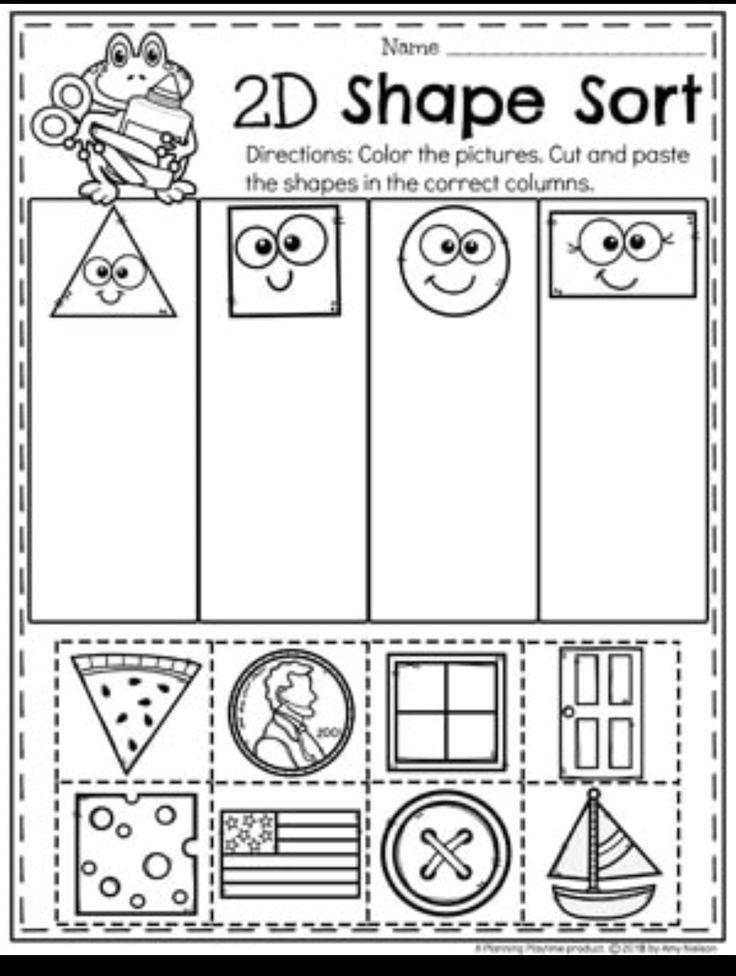 They end up singing the songs all day, which inevitably leads to me singing the songs when I go home each night! But it really works to help them remember important facts about shapes!! Definitely check out this 2D shapes song and this 3D shapes song to help first graders remember some of their shapes.
They end up singing the songs all day, which inevitably leads to me singing the songs when I go home each night! But it really works to help them remember important facts about shapes!! Definitely check out this 2D shapes song and this 3D shapes song to help first graders remember some of their shapes.
If your students are struggling to differentiate 2D and 3D shapes, this 5 minute video about 2D vs. 3D might help!
Make shape pizzasStudents will start to notice that there are shapes all around them with a fun pizza shape craft! Paint a paper plate red or cut large red circles from construction paper for the base of the pizza. Then have students cut shapes from different colored construction paper to make their toppings.
Long rectangles could represent cheese, small red circles could be pepperoni, green squares could represent green peppers, and orange triangles could be pieces of ham! After the pizzas are complete, have students share what toppings they put on their pizza.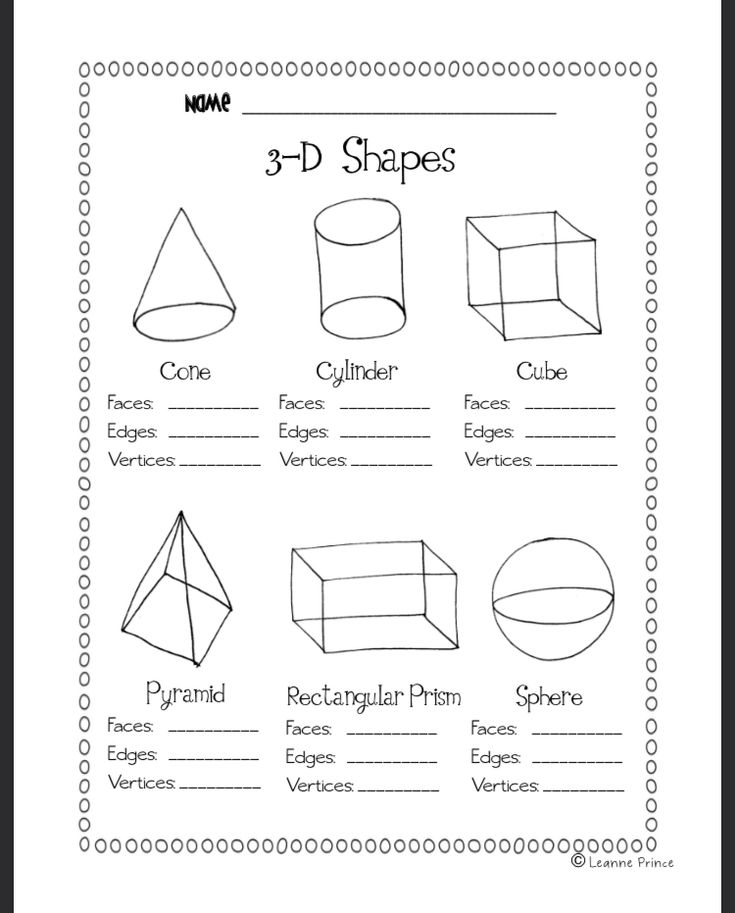
Add engineering into your first grade shapes activities by having students try to determine which shape holds the most weight. For this activity you’ll need books, scissors, tape, and sheets of paper. For the full activity with instructions, check out this video on YouTube.
You’ll use one sheet of paper to create a square column, one sheet of paper to create a triangular column, and one sheet of paper to create a circular column. Stand the columns up and stack books on top of each one. Stack one book at a time and see how many books each column can hold before it collapses!
After the activity, display and read this post from Science Made Fun, which helps explain the idea that triangles are the strongest shape!
Compose & decompose shapesComposing two-dimensional and three-dimensional shapes (1.GA.2) is a crucial standard to tackle in first grade. You can use pattern blocks in class to have students practice this skill, but did you know you can also have students practice with pattern blocks online?
Have students play this awesome online shapes game for composing and decomposing shapes.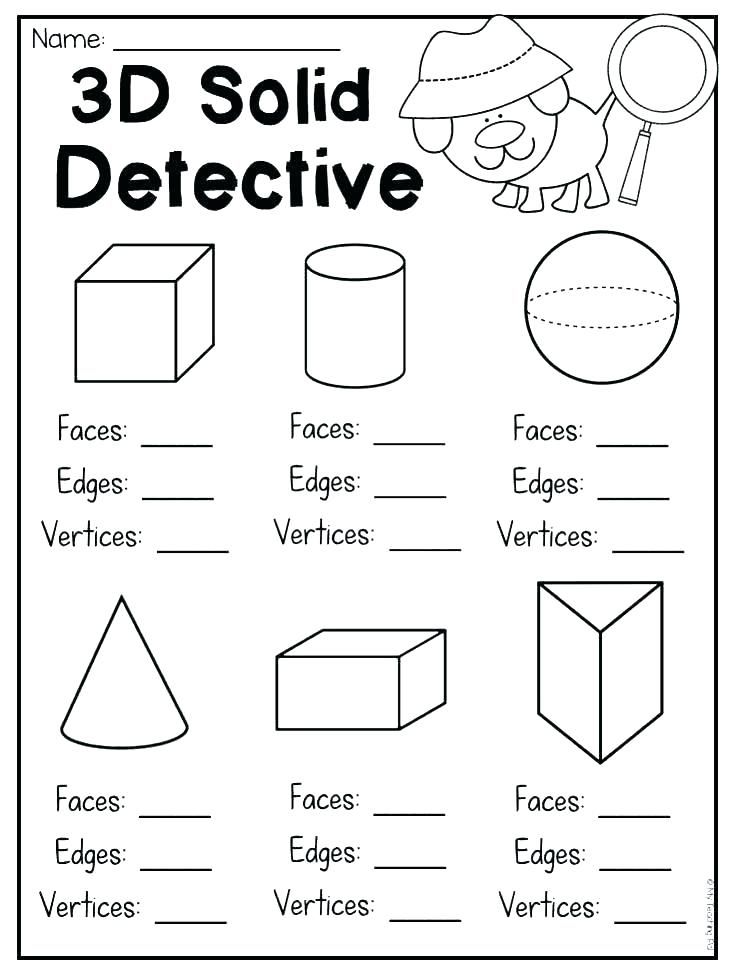 It’s a great way to utilize technology in the classroom, and it could be used for centers or possibly even early finishers.
It’s a great way to utilize technology in the classroom, and it could be used for centers or possibly even early finishers.
I hope this post has inspired you to breathe new life into your first grade shapes activities! Be sure to pin this post and save it for when you plan!
Visit these posts for more math activities!
Strategies to Teach Time Past the Hour
Fun Telling Time Activities
Happy teaching!
shapes {ideas + activities} | First Grade Buddies
If you're teaching shapes now, or teaching shapes later, we hope you can use a few of these ideas and activities!
Below are some of our favorite activities when teaching shapes. Many of the ideas can be used for 2D and 3D shapes. We begin our unit with a Word Splash!
Grab our favorite markers for making posters! (affiliate link)
Spot It! Game - Shape Style
Kiddos can "spot" shapes in the pictures.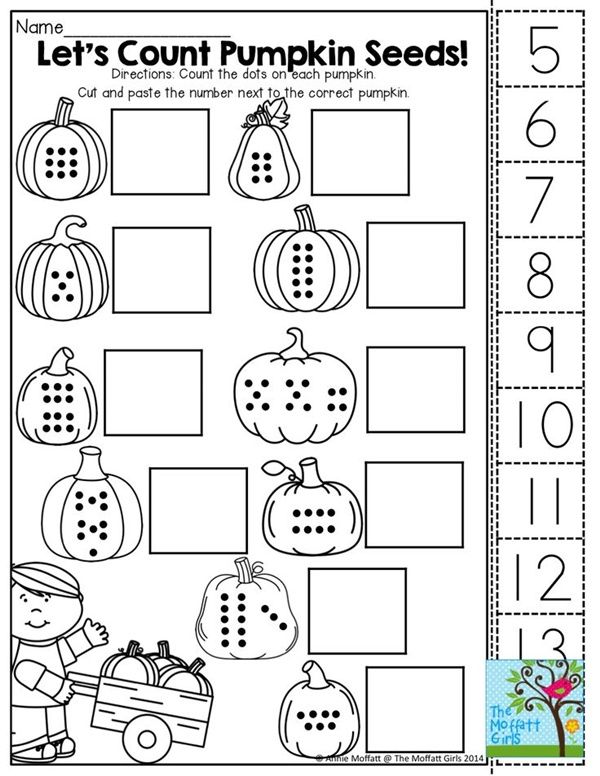
"I spot a clock, in the shape of a circle."
Spot It! (Affiliate Link)
Headbandz Game - Shape Style
Kiddos give clues about the shape on their partners headband.
"Your shape has 2 flat faces."
OR
Kiddos can ask questions about the shape on their own headband.
"Does my shape have 4 sides?" Grab these shape cards to add to your Headbandz game!
Headbandz (Affiliate Link)
I Spy Books - Shape Style
Similar to Spot It! above, kiddos can find examples of shapes in I Spy books. It's fun to use a hand lens to "look closer" or a finger flashlight (seen here) to shine on the shapes they find. Students can show the shapes they find with a RECORDING SHEET FREEBIE.
I Spy Book (Affiliate Link)
Magnatiles
Kiddos can build shapes with the tiles. These are GREAT for kinesthetic learners. Magnatiles come in many colors. In this picture, we are using the clear and glow in the dark version.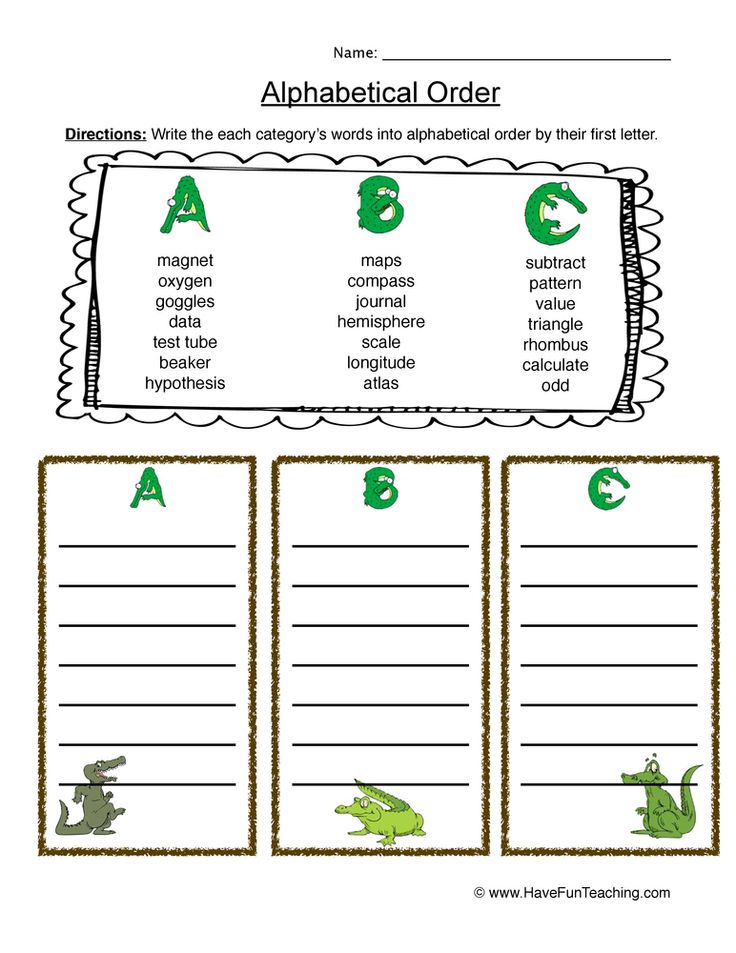
Magnatiles (Affiliate Link)
"Dive Into Shapes"
Kiddos build shapes using cards that show the steps.
Dive Into Shapes (Affiliate Link)
Robots
Kiddos build robots out of recyclable boxes and other shapes from home.
Toothpick and Marshmallow Shapes
Kiddos build shapes using toothpicks as the "sides" and marshmallows as the "corners" or "vertices."
Geoboards
Kiddos build shapes using rubber bands. As a side note, geoboards are a great tool to use when making composite shapes.
Perfect Square
This is one of our favorite shape books. In this book, many different things are made out of 1 square. After reading it, kiddos get 1 piece of paper that has been cut into a square. They take the square and turn it into something else. Fun way to spark creativity with shapes.
Perfect Square Book (Affiliate Link)
Shape Walk
Kiddos walk around the class (or take a field trip around the school) and find examples of shapes.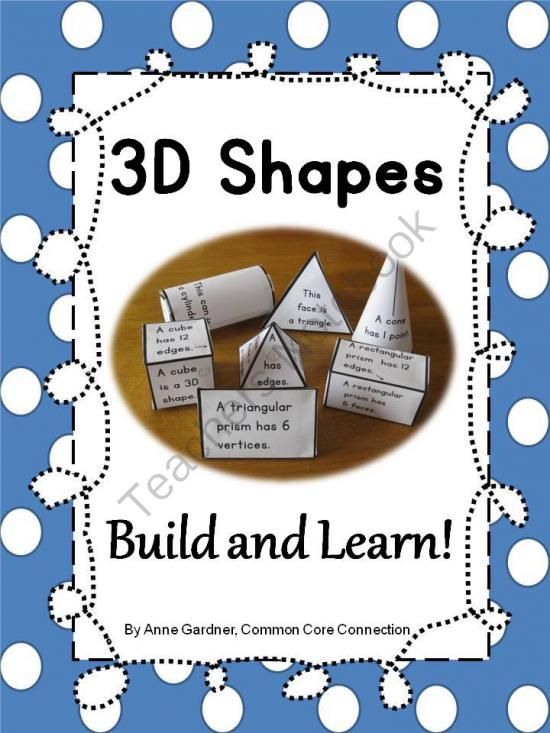 You can give them pointers to make it extra appealing. Another idea is to have students take pictures of the shapes they find with an iPad or other such device.
You can give them pointers to make it extra appealing. Another idea is to have students take pictures of the shapes they find with an iPad or other such device.
Important Thing Class Book
This is a great activity to practice attributes of shapes. After each kiddo completes a page, you can create a class book to display! Grab this activity HERE.
When A Line Bends...A Shape Begins
After reading this book, students take the lines given and turn them into a shape - something that they have seen at school, home, or in nature. Grab this activity HERE.
When a Link Bends Book (Affiliate Link)
Shapebot Activity Packet
This packet contains over 40 pages of shape practice - defining vs. non defining attributes, composing shapes, identifying shapes, sorting shapes, shape "mapping," etc. A great common core aligned curriculum companion for shapes! Find this resource HERE.
Try some task pages for FREE!
Print a Standard Packs for Geometry
Print a Standard packs contain multiple opportunities for students to practice skills for each of the Geometry standards. They are common core aligned and can be used for independent work, assessments, homework, etc. We have them for each Geometry standard in Kindergarten, 1st grade, and 2nd grade!
They are common core aligned and can be used for independent work, assessments, homework, etc. We have them for each Geometry standard in Kindergarten, 1st grade, and 2nd grade!
First Grade Print a Standard packs for Geometry can be found here:
G 1.1 // G 1.2 // G 1.3
2nd Grade Print a Standard packs for Geometry can be found here:
G 2. 1 // G 2.2 // G 2.3
Kindergarten Print a Standard packs for Geometry can be found here:
G K.1 // G K.2 // G K.3 // G K.4 // G K.5 // G K.6
Have fun with shapes!
Peculiarities of mastering geometric material by first-graders
Theory and methods of teaching and upbringing (by areas and levels of education) | World of Pedagogy and Psychology No. 3 (32) March 2019
mail.ru
Naumenko Olga Viktorovna
cand. ped. Sci., Associate Professor, Department of Theory and Methods of Primary Education, Volgograd State Socio-Pedagogical University, Russian Federation, Volgograd, naymenkoov@bk.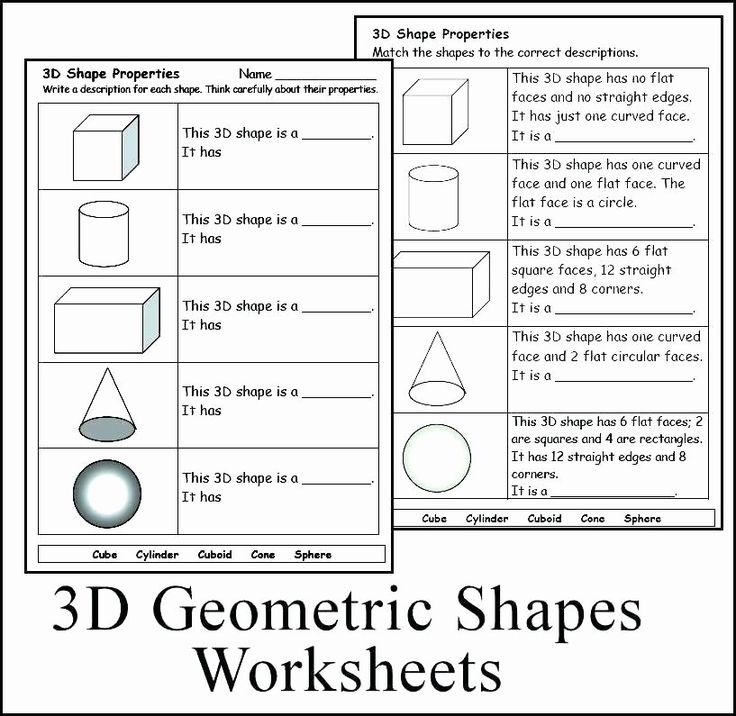 ru
ru
parts of the formation of elementary geometric representations and skills in first graders. The pedagogical experience of primary school teachers in the formation of elementary geometric representations among first-graders and the results of focused interviews with primary school teachers on the problem under study are analyzed. The diagnostic techniques used in the pilot study are described. A statistical and qualitative analysis of the results of the ascertaining experiment is presented. The features and level of formation of elementary geometric representations and skills of first-graders in the first months of schooling are revealed. A number of tested and positively proven tasks and exercises are proposed to correct the identified shortcomings in the formation of elementary geometric concepts and skills in children aged 6-7 years.
Key words: elementary school, elementary geometrical concepts and skills, first-grader, diagnostics, recommendations Volgograd
Naumenko Olga Viktorovna
Cand.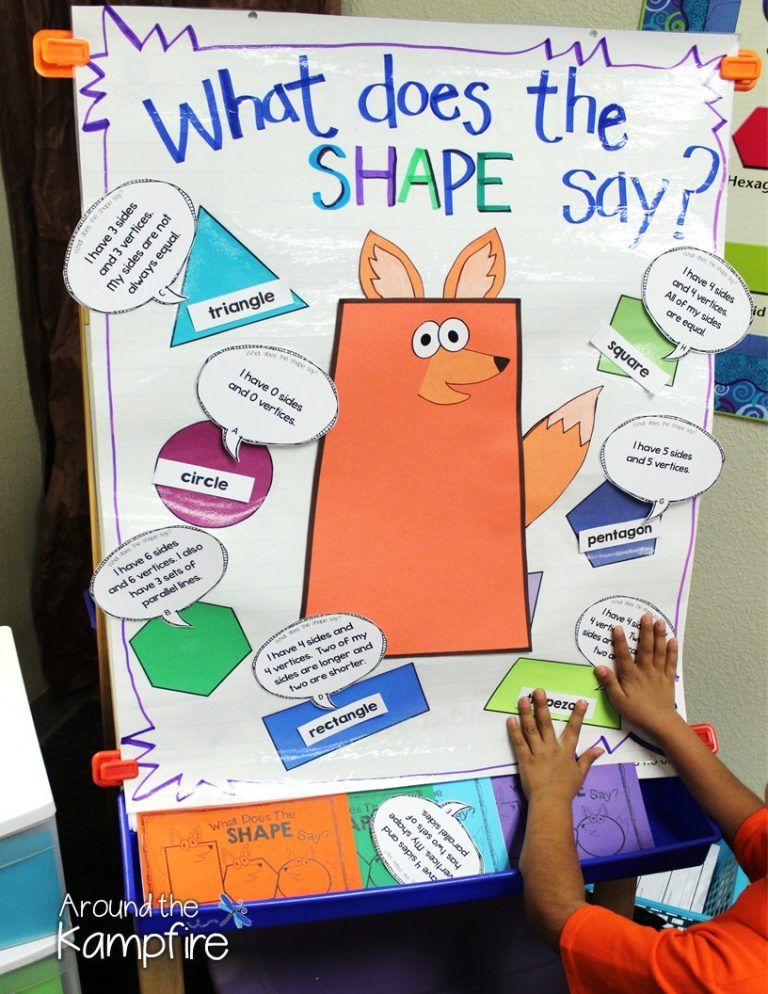 Sci (Pedagogic), assistant professor at the Department of Theory and Methods of Primary education, Volgograd State Social and Pedagogical University, Russia, Volgograd
Sci (Pedagogic), assistant professor at the Department of Theory and Methods of Primary education, Volgograd State Social and Pedagogical University, Russia, Volgograd
Abstract: The article presents the results of the analysis of the content of the Primary Maths Education Program. It is shown the features of the specific work programs concerning the formation of elementary geometric representations and skills of first-graders. It is analyzed the pedagogical experience bound up with the formation of elementary geometric representations of first-grade students and the results of interviews with primary school teachers about the problem. The article describes the diagnostic materials are used in the experimental research. It is presented the statistical and qualitative analysis of the results of the ascertaining experiment. The paper shows the features and level of elementary geometric representations and skills of first-graders after the first months of schooling. The article presents a series of recommended and approved tasks and exercises to correct the detected deficiencies in 6-7 years old children’s geometric representations and skills.
Keywords: primary school, elementary geometric representations and skills, a first-grader, diagnostics, recommendations
The importance of the formation of clear geometric representations in younger students was noted by many researchers of the quality of mathematical education. From the point of view of psychology, this issue was considered by N.F. Talyzina, D.B. Elkonin [7, 8]. From a methodological point of view - A.V. Beloshistaya, N.B. Istomina, M.I. Moro, L.G. Peterson and others [1, 2, 3, 5].
All researchers are unanimous in their opinion that working with geometric material develops students' spatial imagination and thinking. This activity is based primarily on such a psychological feature of younger students as the predominance of visual-figurative thinking.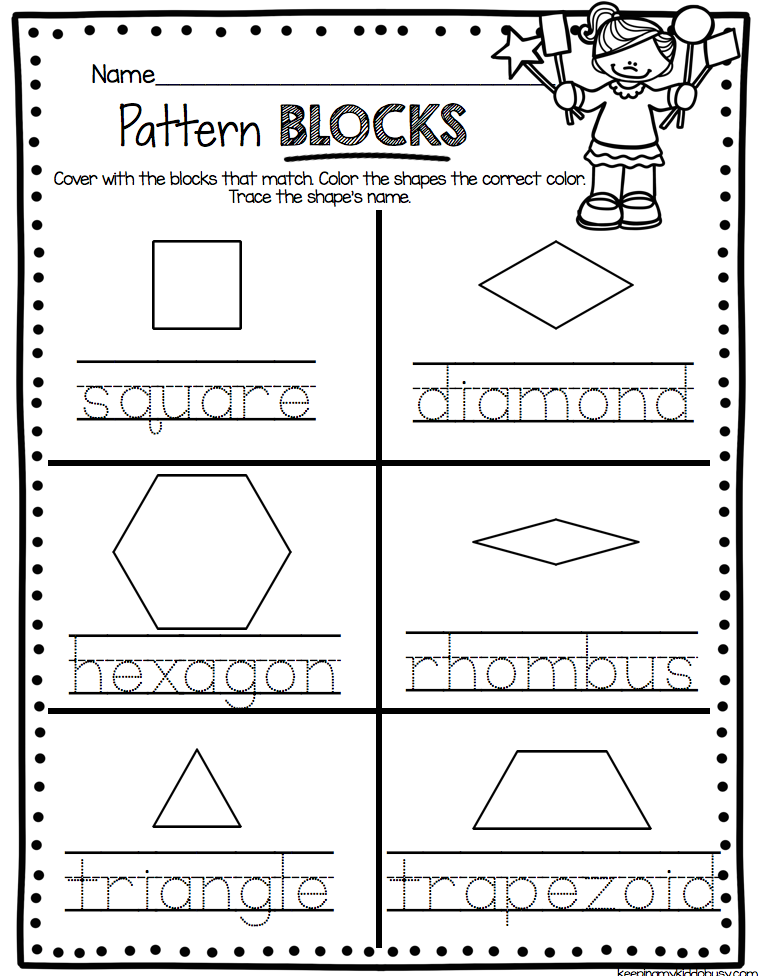 Psychologists emphasize that in the first year of schooling, when this type of thinking is still actively functioning, it is necessary to form a certain backbone of geometric concepts, concepts and skills, which will serve as the basis for further assimilation of geometric material [7].
Psychologists emphasize that in the first year of schooling, when this type of thinking is still actively functioning, it is necessary to form a certain backbone of geometric concepts, concepts and skills, which will serve as the basis for further assimilation of geometric material [7].
While there are a large number of approaches to working with geometric material in elementary school, the issue of the formation of elementary geometric concepts and skills, in particular among first-graders, still remains relevant and there are a number of reasons for this.
Firstly, today we still meet first-graders who often do not receive systemic preschool education, both within the preschool educational organization and within the family. These are somatically weakened children or children who did not attend kindergarten and preparatory classes. Therefore, sometimes 6-7-year-old children come to the first grade, poorly oriented in space, with poorly developed fine motor skills, which affects the quality of the formation of elementary geometric ideas and skills in first graders. In addition, inclusion in primary education leads to the appearance of intellectually safe children in the general education class, but they require special attention and corrective work to compensate for certain shortcomings in the perception of educational material (visually impaired, hearing impaired), the development of special drawing skills (with problems of the musculoskeletal system) [ 4].
In addition, inclusion in primary education leads to the appearance of intellectually safe children in the general education class, but they require special attention and corrective work to compensate for certain shortcomings in the perception of educational material (visually impaired, hearing impaired), the development of special drawing skills (with problems of the musculoskeletal system) [ 4].
Secondly, modern children of 6-7 years old entering the first grade grew up in a different information environment, and they are distinguished by the predominance of clip thinking.
Thirdly, the analysis of school textbooks shows that not all school textbooks contain a sufficient amount of varied and entertaining educational material that contributes to the formation of elementary geometric concepts in first graders.
Fourthly, our observations and analysis of focus interviews suggest that many elementary school teachers often treat the study of geometric material as some unimportant section of the elementary mathematics course, believing that this material will still be studied in more detail in the main course.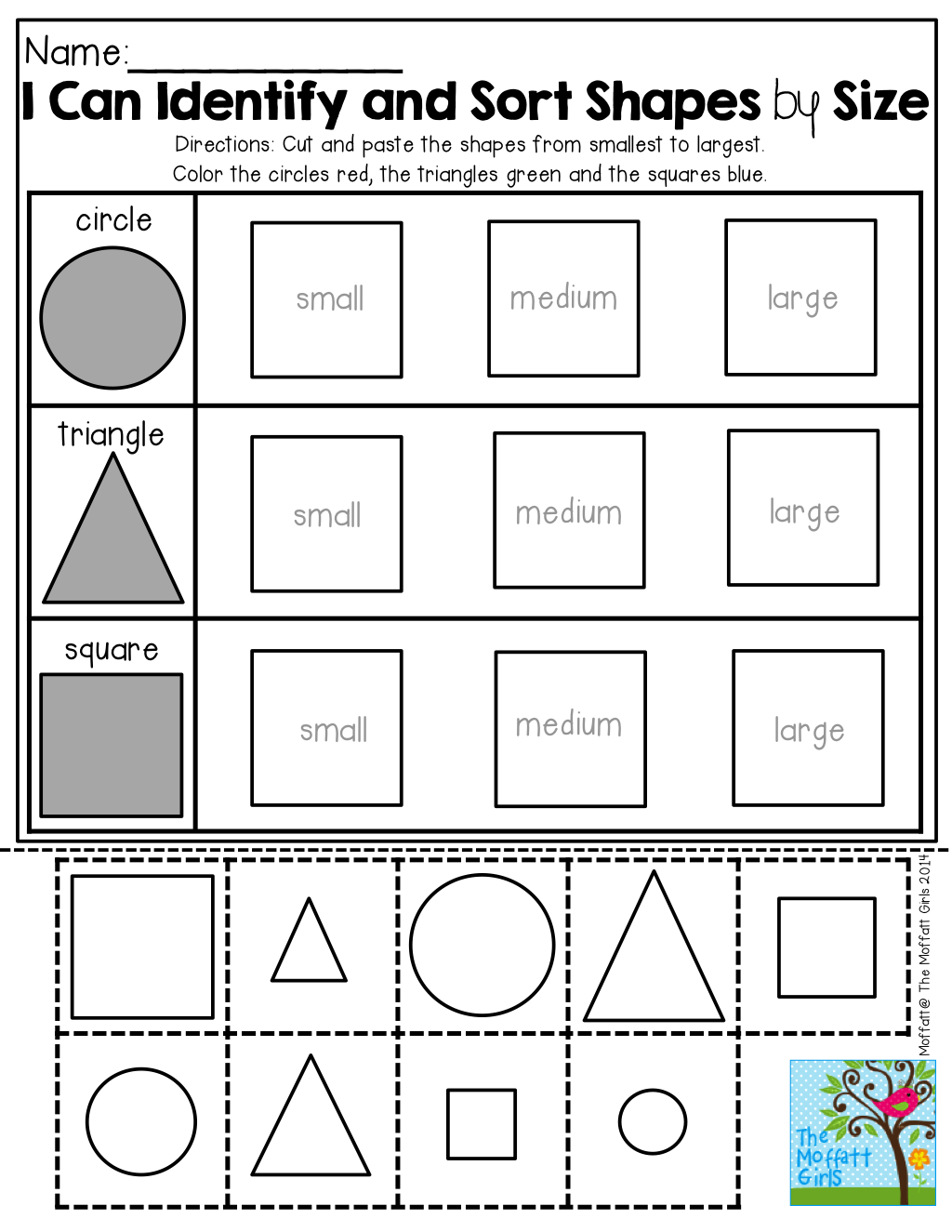 school.
school.
Thus, all of the above determined the purpose of our study - to identify the features of the formation of elementary geometric representations in modern first-graders.
In our hypothesis, we assumed that the weakest will be the ability of students to isolate a simple geometric figure in a complex drawing (with overlaying figures) or drawing, since children 6-7 years old have undeveloped spatial representations and imagination, perceive and evaluate information in fragments.
In the process of preparing for the experiment, we analyzed an exemplary mathematics program for elementary school and identified the planned results in terms of the formation of elementary geometric representations and skills of first-graders [6]. By the beginning of the experiment (the 4th month of study in the 1st grade) first-graders should:
- have an idea about the location of objects on the plane and in space;
- be able to distinguish and name geometric shapes: point, straight and curved lines, segment, triangle, rectangle (square), circle;
- be able to draw geometric shapes: a point, a straight line, a curve, a segment (of a given length, longer or shorter than a given segment by a given value, equal to the sum or difference of the lengths of given segments), use a ruler to perform constructions;
- be able to classify objects according to a specific feature and extract essential information to establish the feature;
- be able to compare the location of objects, compare sizes (including length) and objects in size, establishing certain relationships.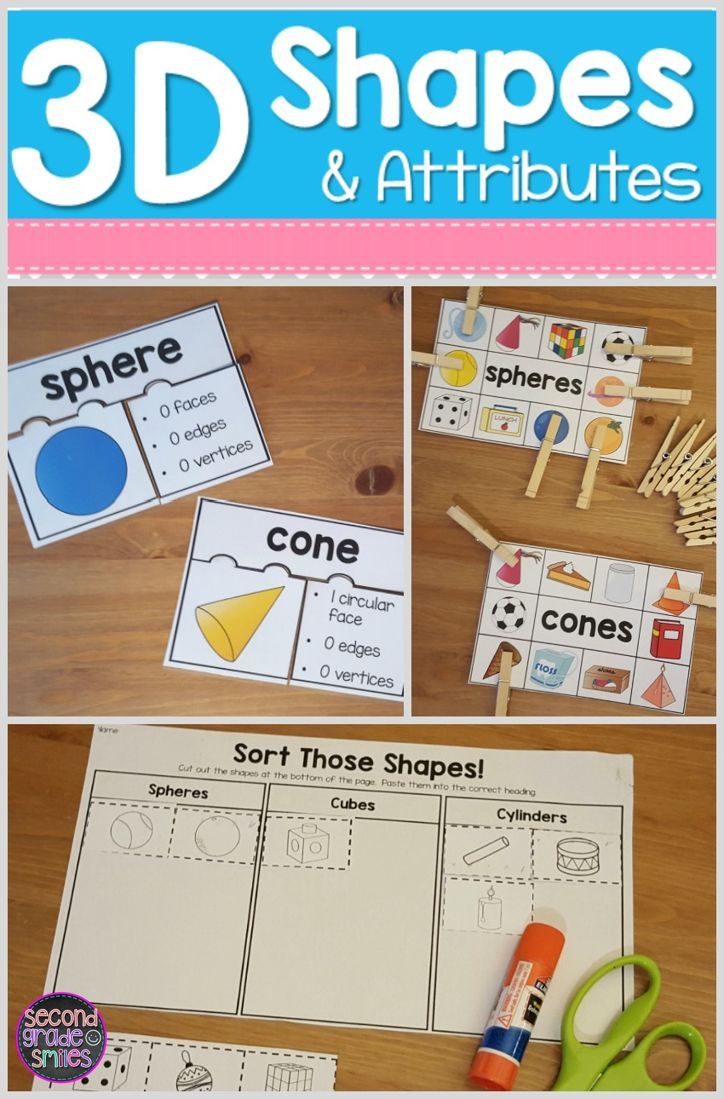
In addition, we analyzed the features of the work programs of the authors M.I. Moro (EMC "School of Russia"), L.G. All the authors listed above preferred to expand the content of the geometric material in comparison with the exemplary curriculum in primary school, but L.G. Peterson noted this most of all. This program, in addition to the basic skills and abilities already mentioned in the exemplary program, makes it possible to ensure the development of the design skills of the student. In the process of mastering it, a child can learn to build mathematical reasoning related to the analysis of drawings, geometric shapes, models, explain facts using mathematical methods and techniques (geometric modeling, search for options, combining and splitting shapes).
We studied the pedagogical experience of primary school teachers, presented in various publications of lesson notes, generalization of experience and in the process of direct observation of pedagogical activity in mathematics lessons in the first grades of secondary schools.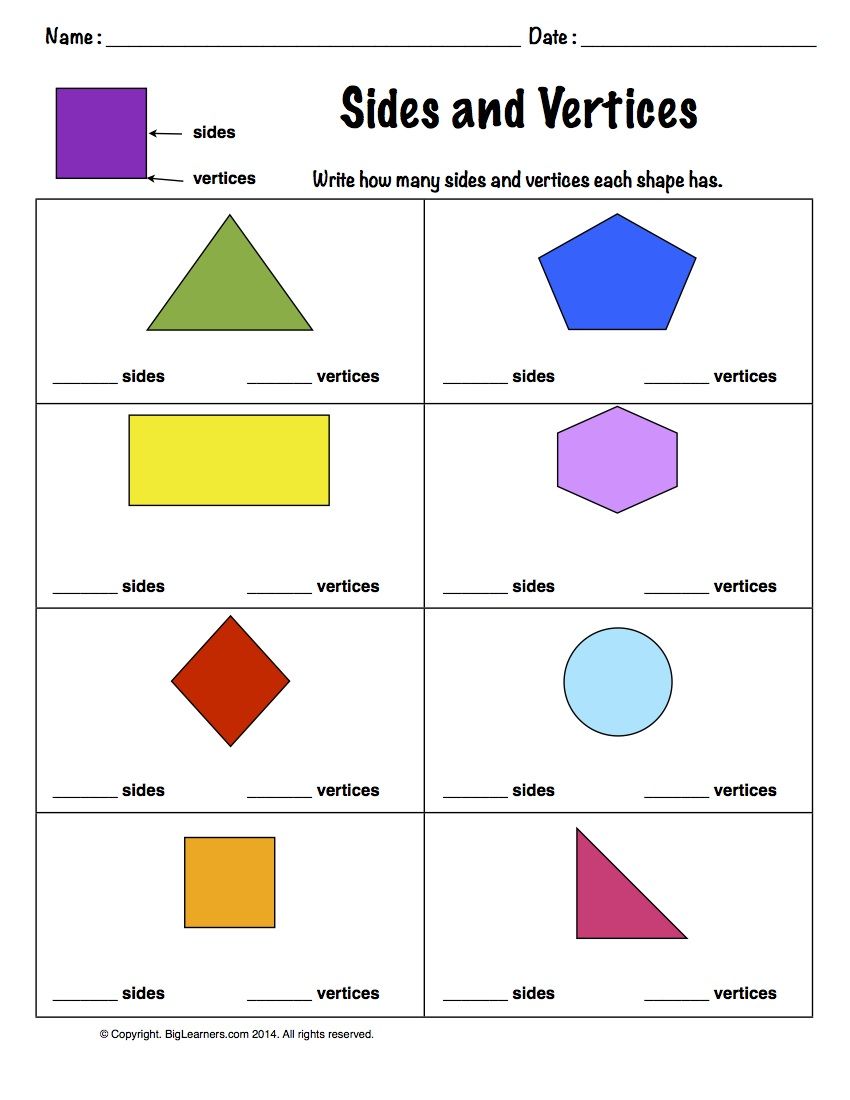
All this allowed us to plan and conduct an experimental study, which was carried out on the basis of the first classes of the Municipal Educational Institution "Gymnasium No. 5 in Volgograd". To determine the level of formation of elementary geometric concepts and skills in first-graders, we have developed an author's complex toolkit in two equivalent versions. The diagnostic material included 4 tasks, each of which helped to assess the level of formation of a particular skill or skill that a first grader should have at the beginning of the experiment, in accordance with the work program in mathematics in the field of geometric material, and also, taking into account the age characteristics of children 6- 7 years.
The first diagnostic task made it possible to identify the spatial representations of students, the formation of the students' ability to navigate and determine the direction of movement on the plane (left, right, up, down). For this, the first-graders were offered a graphic dictation.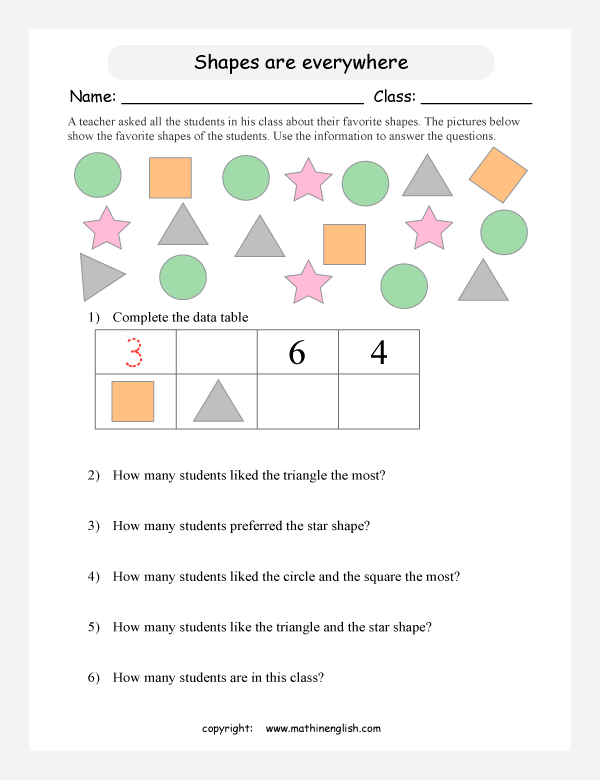 On the lined area from the marked point, it was necessary to depict the path of the famous cartoon character in accordance with the instructions of the teacher: “From the marked point, Masha moved 2 cells to the right, 3 cells up, 2 cells to the left, 2 cells up, 3 cells to the left, 1 square up, 2 squares to the right, 1 square up, 3 squares to the right, 2 squares down, 1 square to the right. Due to the peculiarities of the age of schoolchildren 6-7 years old, this task was identical for both options.
On the lined area from the marked point, it was necessary to depict the path of the famous cartoon character in accordance with the instructions of the teacher: “From the marked point, Masha moved 2 cells to the right, 3 cells up, 2 cells to the left, 2 cells up, 3 cells to the left, 1 square up, 2 squares to the right, 1 square up, 3 squares to the right, 2 squares down, 1 square to the right. Due to the peculiarities of the age of schoolchildren 6-7 years old, this task was identical for both options.
According to the results of the first task, it was found that the subjects in the majority (96%) are able to freely determine the direction of movement on the plane. Only 4% of first-graders showed an average level of formation of this skill. They found it difficult to distinguish between the concepts of “right” and “left”. We note that a rather high indicator in the experimental group indicates effective work with first-graders at earlier stages of education.
Using the second diagnostic task, we determined the ability of first graders to "see" an object - to isolate a simple flat geometric figure (circle, square, triangle) from a complex pattern and determine its location (between, in front, behind) in relation to other figures. On individual sheets, schoolchildren were offered a complex drawing, which depicts 3 types of geometric shapes. Their location imitated the imposition of flat geometric shapes on top of each other. In accordance with the instructions of the teacher, first-graders had to paint each of the three figures with a certain location (between, in front, behind) with a certain color, for example: “Color the figure that is located between the other two with yellow (pause). Color the figure that is in front - blue (pause), and that behind everyone - green. The task was carried out according to the options. The text of the task for both options is identical, while the same types of geometric shapes were used, but arranged in a different order for each option.
On individual sheets, schoolchildren were offered a complex drawing, which depicts 3 types of geometric shapes. Their location imitated the imposition of flat geometric shapes on top of each other. In accordance with the instructions of the teacher, first-graders had to paint each of the three figures with a certain location (between, in front, behind) with a certain color, for example: “Color the figure that is located between the other two with yellow (pause). Color the figure that is in front - blue (pause), and that behind everyone - green. The task was carried out according to the options. The text of the task for both options is identical, while the same types of geometric shapes were used, but arranged in a different order for each option.
Analysis of the work of the participants in the experiment showed that 64% of the subjects have a high level, 12% of students have an average level, and 24% of schoolchildren have a low level of formation of the diagnosed skill. Based on the analysis of the results of this diagnostic task, we came to the conclusion that a fairly large number of participants in the experiment have difficulty in determining the location of flat geometric figures that are in the "overlay" relationship.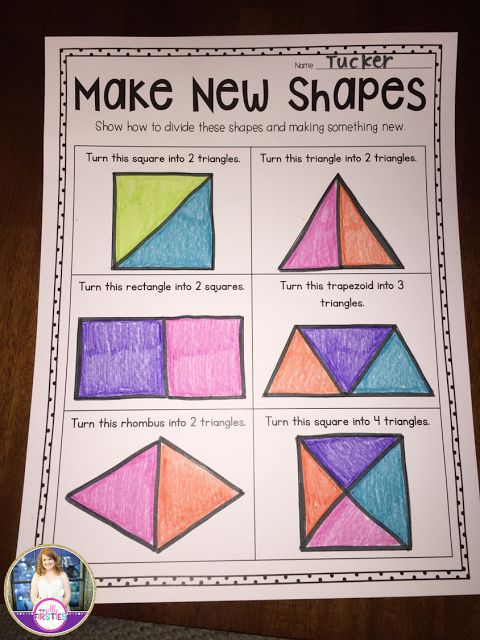
The third diagnostic task is aimed at identifying students' ideas about geometric figures, the ability of first-graders to recognize flat geometric figures, determine the shape of a geometric figure, regardless of its size, type and location on a plane in a complex composition. On individual sheets, first-graders were offered a complex composition of geometric shapes of various sizes that make up a certain plot picture. Note that simple figures familiar to schoolchildren in this case had an unusual location (for example, the triangle “stands” not on the base, but on one of the vertices), appearance (instead of the usual equilateral triangle - a versatile obtuse-angled one) and size (small, medium, large) . The students had to carefully study the drawing, then paint in a separate row those figures that make up the composition. For the two variants, different compositions were proposed.
Analysis of the results of this task showed that of all participants in the experiment, 31% have a high level and 69% of first-graders have an average level of this skill. And although the low level was not noted, in the process of completing the task, we observed that most of the first graders found it difficult to isolate a simple flat geometric figure from a complex composition, students made mistakes, inaccuracies and corrections.
And although the low level was not noted, in the process of completing the task, we observed that most of the first graders found it difficult to isolate a simple flat geometric figure from a complex composition, students made mistakes, inaccuracies and corrections.
The last task allowed to determine the formation of students' ideas about the studied geometric shapes and the ability to depict given geometric shapes on unlined paper, as well as the skill of working with drawing tools (ruler and pencil). In both versions, it was proposed to depict the same figures (straight line, triangle, ray), but in a different order.
Analysis of the results of this diagnostic task showed that 52% of the participants in the experiment have a high level, 32% of first-graders have an average level, and 16% of students have a low level of formation of diagnosed ideas and skills. It can be said that many first-graders found it difficult to differentiate the simplest geometric shapes, and also, they did not always cope with drawing with the help of drawing tools.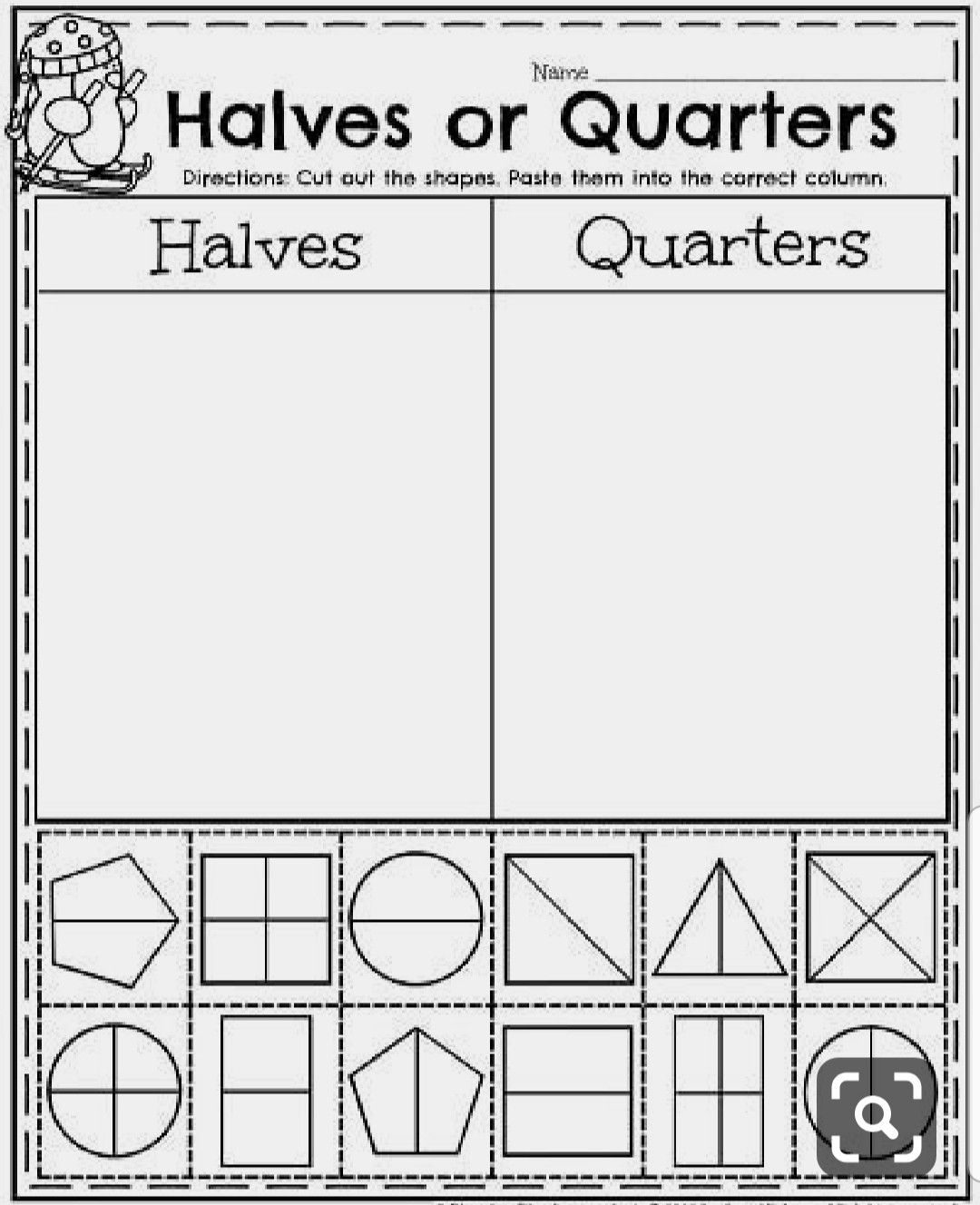 And if the latter is most often acquired during the period of school education, then children learn to represent and depict the simplest geometric shapes (triangle, square) "by hand" even in the period of preschool education.
And if the latter is most often acquired during the period of school education, then children learn to represent and depict the simplest geometric shapes (triangle, square) "by hand" even in the period of preschool education.
Based on the analysis of the results obtained for four diagnostic tasks, we determined the levels of formation of elementary geometric representations and skills in the first-graders under test.
Students with a low level are characterized by an inability to determine the direction of movement and the location of objects in relation to each other; inability to see familiar geometric shapes in complex combinations and in various forms; and also, poor development of the skill of working with drawing tools (performing an arbitrary drawing without the help of a ruler, lines moving away from the edge of the ruler, a “dirty” drawing, etc.).
Schoolchildren with an average level are distinguished by good ideas about the types and shapes of geometric figures, some difficulties in orienting on a plane, determining the location of objects relative to each other, highlighting the essential features of geometric figures, as well as insufficiently formed skills in working with drawing tools (lines beyond polygon vertices, split lines, etc.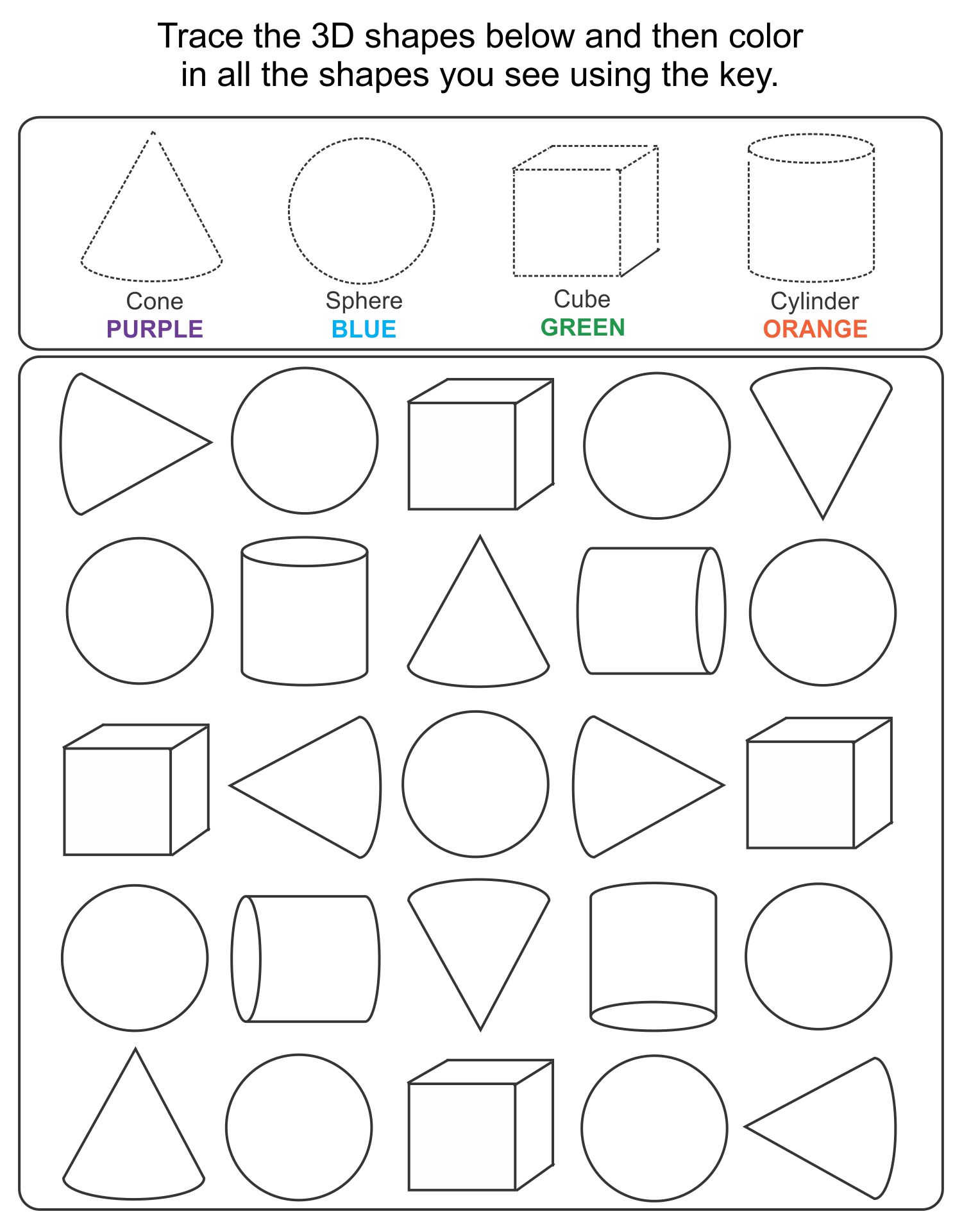 ).
).
First-graders with a high level of elementary geometric concepts and skills are characterized by the ability to freely navigate in space, determine the shape and type of geometric figures, the location of geometric objects relative to each other, confident use of a drawing ruler and a pencil when constructing geometric figures according to the curriculum.
According to the results of diagnostics, it was revealed that in the experimental group 41% of students have a high level, 55% of first graders have an average level, and only 4% of first graders have a low level of formation of elementary geometric representations (Fig. 1).
Figure 1. Distribution of the tested first-graders according to the levels of formation of elementary geometric ideas and skills
In general, all first-graders of the experimental group have an acceptable level of formation of elementary geometric ideas and skills, corresponding to the age and period of study.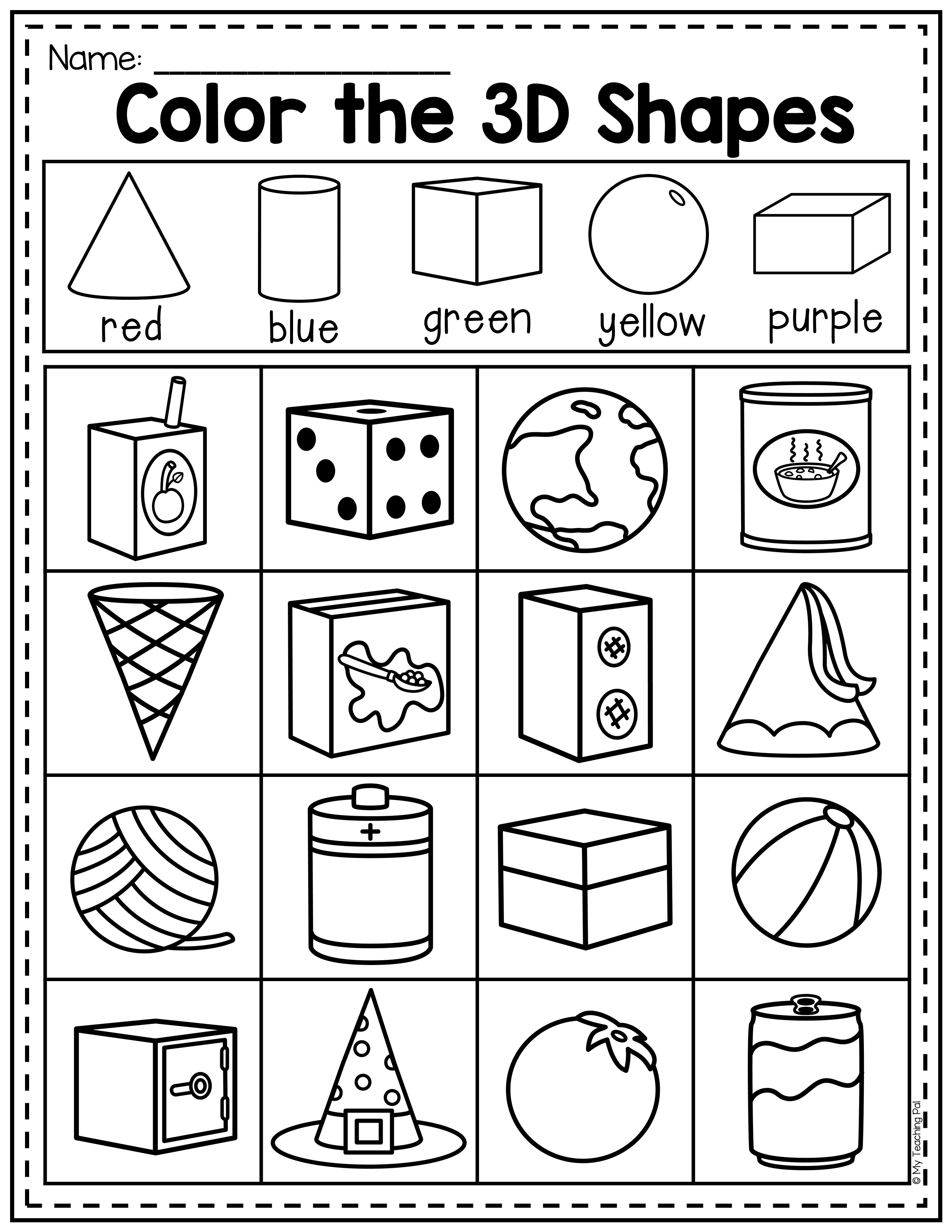 At the same time, our hypothesis was confirmed that children of 6-7 years old have an insufficiently developed ability to isolate a simple geometric figure in a complex drawing (with superimposed figures) or drawing.
At the same time, our hypothesis was confirmed that children of 6-7 years old have an insufficiently developed ability to isolate a simple geometric figure in a complex drawing (with superimposed figures) or drawing.
As a result, it can be recommended to include a number of tasks in the content of individual and frontal lessons, which, in our opinion, will help to increase the level of formation of individual skills in the field of primary geometric education among first-graders:
1) color the figure in front in blue , and the figure that is behind everyone is in red (Fig. 2).
Figure 2. Task for the formation of the ability to determine the location of flat geometric shapes that are in relation to the overlay
2) What geometric shapes does the drawing (Fig. 3) consist of? Count how many figures of each type the author needed to create the composition.
Figure 3. Task for the formation of the ability to recognize flat geometric shapes in complex compositions
3) look at the picture (Figure 4).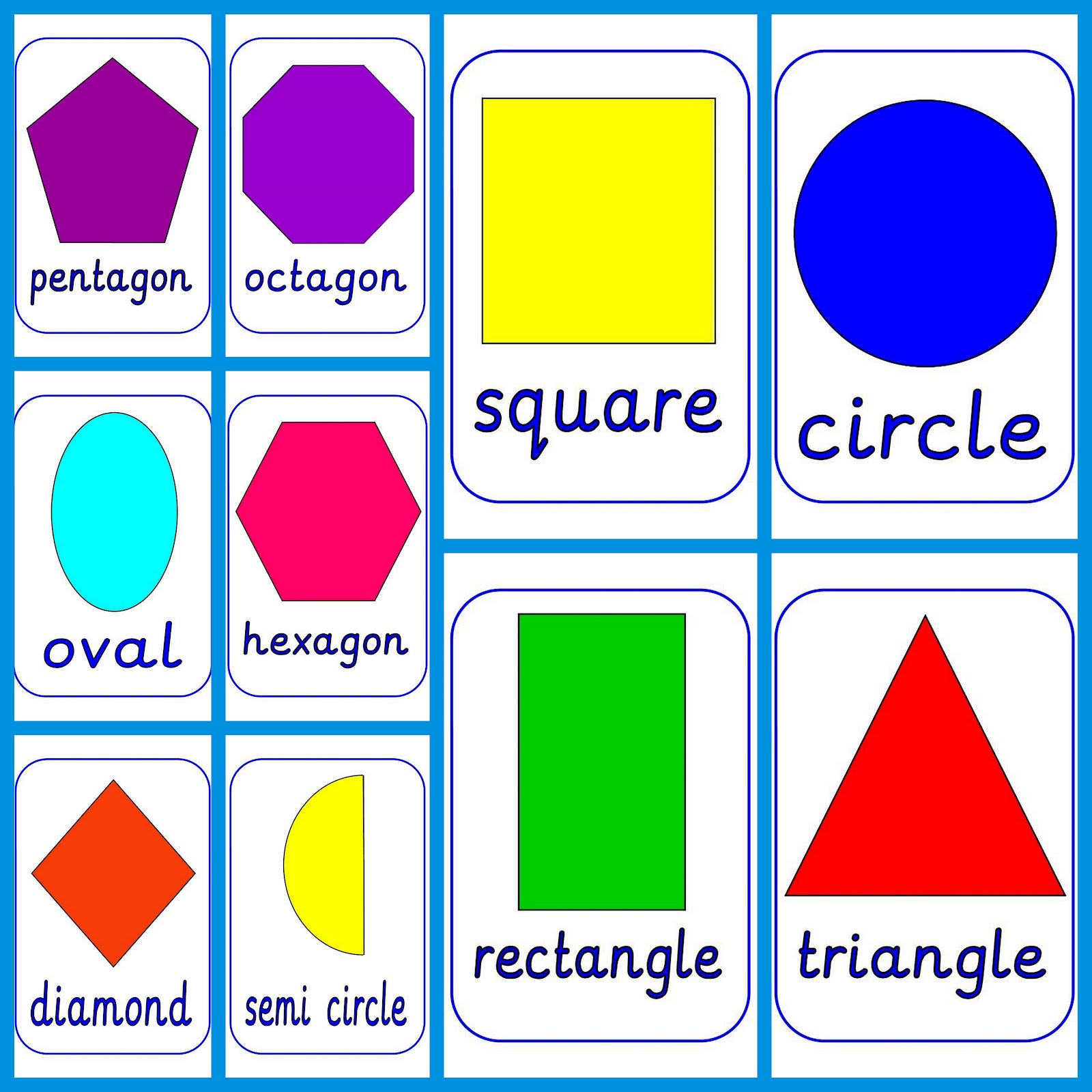 Circle the straight lines with a red pencil, the rays with blue, and the segments with green. Mark with a "+" the figures located to the right of the curved line.
Circle the straight lines with a red pencil, the rays with blue, and the segments with green. Mark with a "+" the figures located to the right of the curved line.
Figure 4. Task for the formation of the ability to distinguish between elementary geometric shapes and their location on the plane
4) look at the picture (Figure 5). What figures do you see? Name them. Justify your answer.
Figure 5. Task for the formation of the ability to determine the type of geometric figure by essential features
5) how many different polygons are in each drawing (Fig. 6)? Name them. Draw with a ruler such a pentagon, as in drawing 2.
Figure 6. Task for the formation of the ability to determine the type of geometric figure, make a drawing according to the model Connect the points with segments so that in the first figure you get a polygon, and in the second - a broken line, consisting of four links.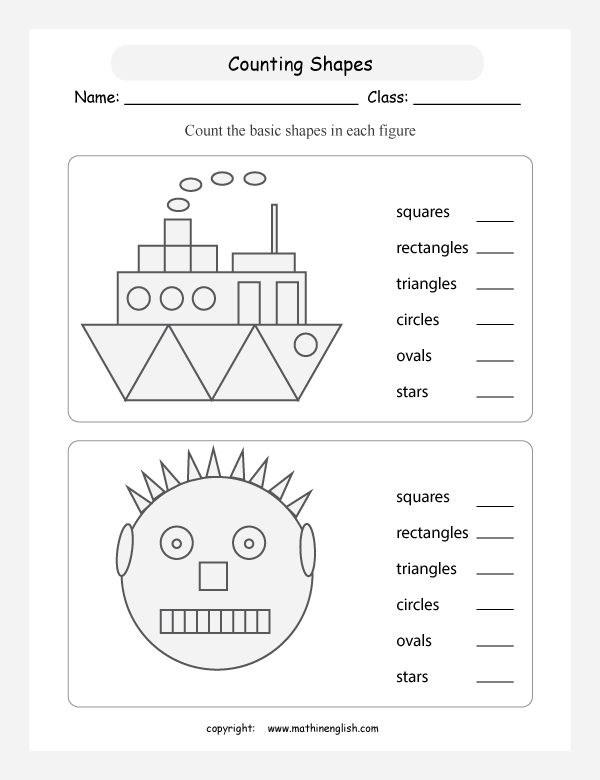 Name both figures in one word.
Name both figures in one word.
Figure 7. Task for the formation of ideas about geometric shapes and the skill of drawing tools
We recommend offering tasks of this type to students in the course of classroom, extracurricular activities of an auxiliary corrective nature, for individual work of first graders. Undoubtedly, such systematic purposeful work will contribute to the formation of elementary geometric concepts in first-graders, which are so necessary for the development and education of younger students.
References
1. Beloshistaya, AV The development of mathematical thinking of a child of preschool and primary school age in the learning process: monograph / AV Beloshistaya. M.: INFRA-M, 2018.-234 p.
2. Methods of teaching mathematics in elementary school [Electronic resource]: textbook / N. B. Istomina-Kastrovskaya [and others]. 2nd ed., revised. and additional Moscow: INFRA-M, 2019.-301 p. – Access mode: URL: http://znanium. com/catalog/product/ 965277 (date of access: 03/25/2019).
com/catalog/product/ 965277 (date of access: 03/25/2019).
3. Moro M.I. Mathematics 1st grade. Proc. for general education organizations. At 2 h. Part 1 / M.I. Moro, S.I. Volkova, S.V. Stepanova. – 6th ed. – M.: Enlightenment, 2015. – 112 p.
4. Naumenko Yu.V., Naumenko O.V. Organizational and methodological support of the correctional activities of a mass general education school. //News of the Volgograd State Pedagogical University. 2013. -№2 (77). pp. 60-64.
5. Peterson L.G., Lipatnikova I.G. Oral exercises in mathematics lessons. 1 class. Guidelines. / I.G. Lipatnikova, L.G. Peterson. - Juventa, 2013. - 176 p.
6. Exemplary programs for academic subjects. Elementary School. At 2 h. Part 1. - 2nd ed. – M.: Enlightenment, 2011. – 232 p.
7. Talyzina, N. F. Assimilation of scientific concepts at school: textbook. allowance / N. F. Talyzina, I. A. Volodarskaya, G. A. Butkin. — 2nd ed., corrected. and additional - M .: Yurayt Publishing House, 2018. - 114 p.
8. Elkonin D.B. Psychology of teaching younger schoolchildren / D.B. Elkonin. – M.: Institute of Practical Psychology; Voronezh: NPO MODEK // Mental development in childhood: selected psychological works / D.B. Elkonin. – Edition 2, stereotypical. – M.: Institute of Practical Psychology; Voronezh: NPO MODEK, 1997. - S. 239-284.
Elkonin D.B. Psychology of teaching younger schoolchildren / D.B. Elkonin. – M.: Institute of Practical Psychology; Voronezh: NPO MODEK // Mental development in childhood: selected psychological works / D.B. Elkonin. – Edition 2, stereotypical. – M.: Institute of Practical Psychology; Voronezh: NPO MODEK, 1997. - S. 239-284.
← Previous article Experimental study of the development of personal qualities in high school students
Next article → study of geometric material | Primary school
The use of didactic games in mathematics lessons in grade 1 when studying geometric material
Author: Sharova Anastasia Sergeevna
Organization: Vyatka State University (KOGOBU secondary school Arbazh)
Settlement: Kirov region, Arbazh
The study of geometry affects the formation of thought processes, perception, imagination, memory, attention. The Federal State Educational Standard for Primary General Education states that children must master various skills, the basics of spatial imagination, measurement, visual representation of data, and must be able to recognize and depict geometric shapes.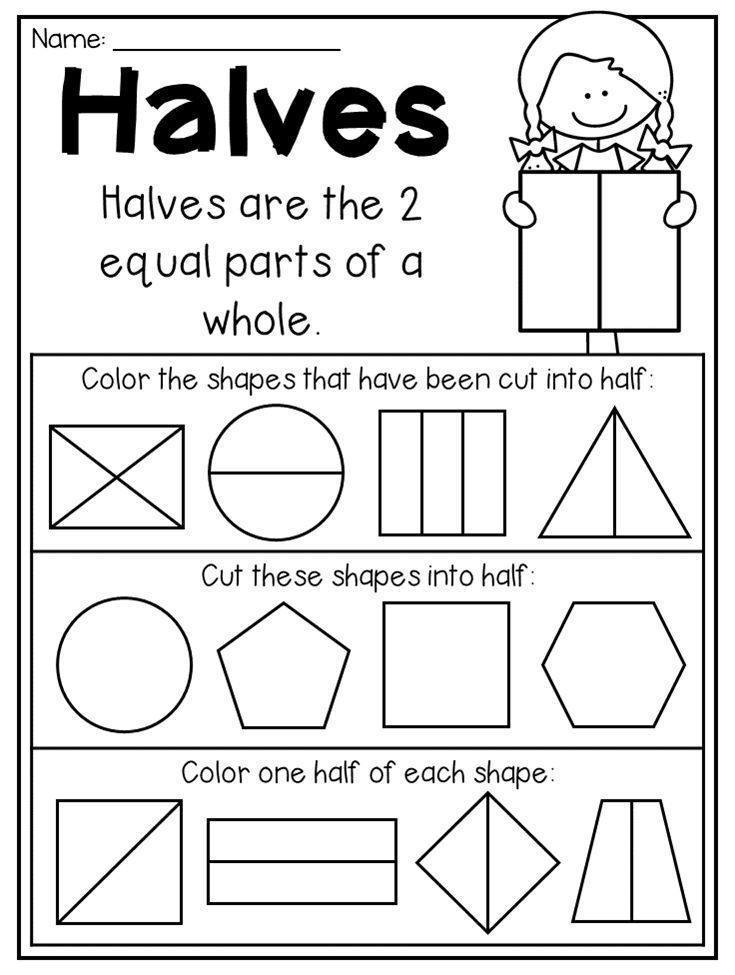
The study of geometry is important, but at the present time the crisis in the teaching of geometry to schoolchildren has a global character. Recently, more attention has been paid to the study of geometry. In high school, geometric material is no small part of the mathematical content in high school. After analyzing programs and textbooks in mathematics, we can conclude that a small part of the educational content is given to geometric material in elementary school.
The effectiveness of teaching depends on the level of activity and interest of younger students. It is necessary to find effective teaching methods in order to increase the cognitive interest in the study of geometric material. The organization of the lesson should help students to actively participate in this process, to understand this material. To do this, you can use various didactic games and exercises. The use of didactic games in mathematics lessons in the study of geometric material contributes to the good development of mathematical abilities.
In the experimental work, we developed and tested several didactic games in the 1st grade.
Game "Collect objects from geometric shapes" . The purpose of this game is the formation of students' concepts of geometric shapes, the development of creative and mental activity of students.
The game used a set of different geometric shapes. We offered to complete 3 tasks for a while. In task 1, the silhouette of the image was given, divided into figures, the children had to repeat and add the same figure from their sets. In task 2, the silhouette of the figure was given, but the figures were not already defined, the students themselves had to select the necessary geometric shapes and lay out the image. In task 3, students already had to come up with and fold their figure.
Game "Applique of geometric shapes" . Purpose: to learn to distinguish between flat geometric shapes, name them, distinguish geometric shapes according to various features, use geometric shapes to complete educational work.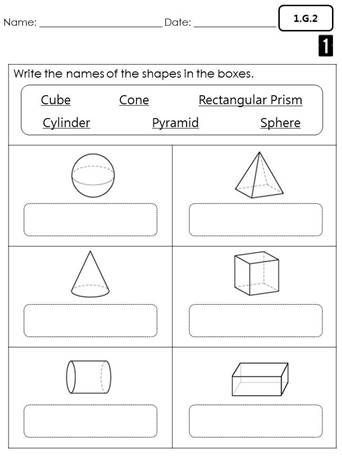
The children had to choose from a set of geometric shapes the right shape in size and shape for the application. Purpose: to learn to distinguish between flat geometric shapes, name them, distinguish geometric shapes according to various features, use geometric shapes to complete educational work. The students were given cards with some image. Also issued a set of geometric shapes of different sizes and shapes. Each student should have a set of colored paper, scissors, glue. Students should look at what geometric shapes the drawing is made up of. From the set that they were given, they select shapes that are suitable in shape and size, they circle the selected templates of geometric shapes on colored paper, cut them out and stick them on the drawing.
Trace the Geometric Shape Game . Purpose: to consolidate the ability to distinguish geometric shapes.
Students complete the task individually. The cards show pictures consisting of geometric shapes. They are drawn with dotted lines and superimposed on each other.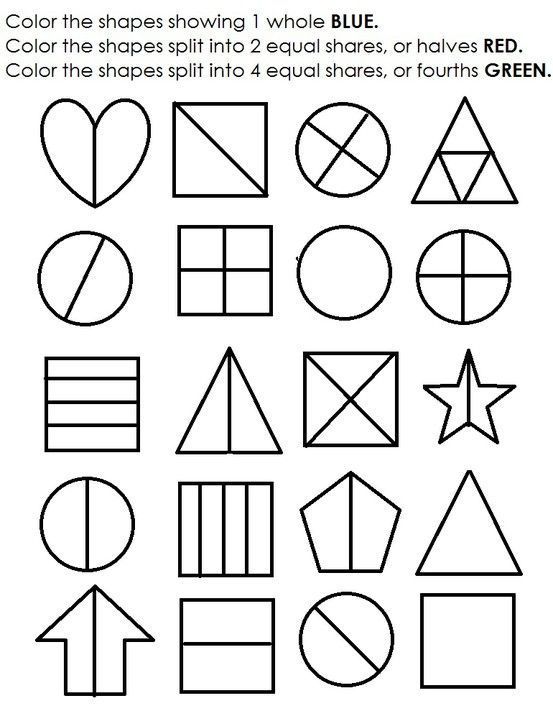 Children need to circle each shape with their own color. Task: circle ovals in red, triangles in blue, circles in yellow, squares in black, rhombuses in green, rectangles in orange.
Children need to circle each shape with their own color. Task: circle ovals in red, triangles in blue, circles in yellow, squares in black, rhombuses in green, rectangles in orange.
Find the object game. Purpose: to teach to distinguish surrounding objects by shape, to compare them with geometric shapes.
Children work in groups. Each group of students has playing fields with subject pictures and geometric shapes. Each team must close the pictures with geometric shapes of the same shape. The team that covers the playing fields faster with figures wins. It also checks the correctness of the task.
Match the Shape. Purpose: formation of the ability to establish correspondence between various topics, apply knowledge in new learning situations.
Children have cards with various geometric shapes and cards with their names. They must combine geometric shapes and the names of these shapes. They work in groups. The team that completes the task faster is checked for correct execution.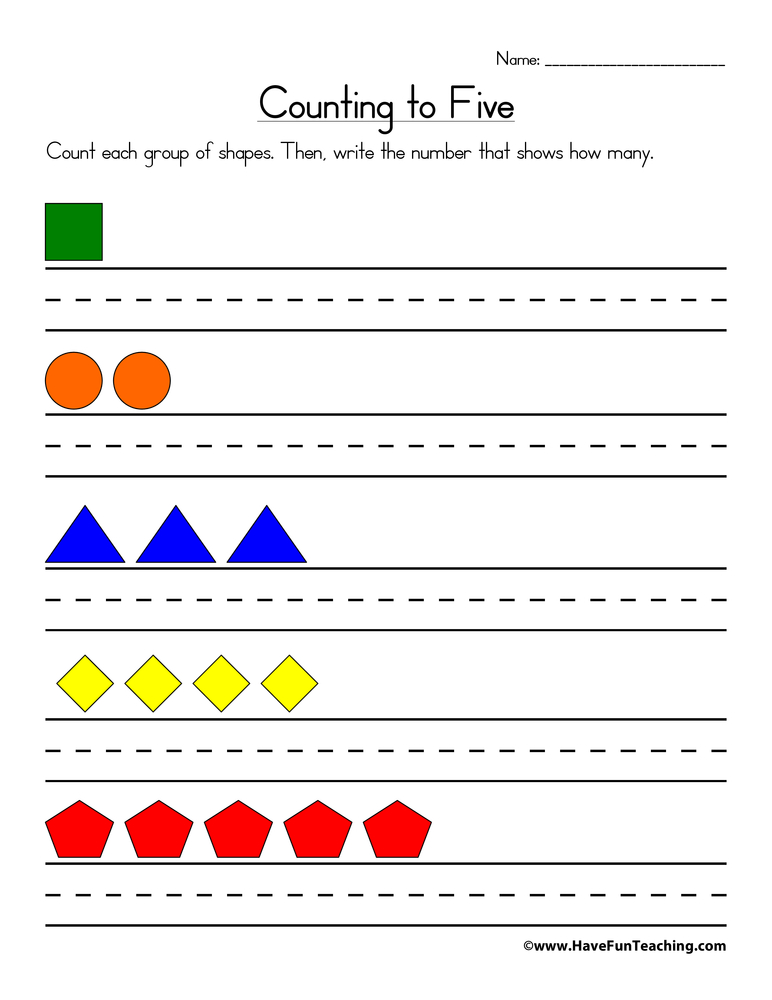 Members of the winning group receive stars.
Members of the winning group receive stars.
The game "Which figure is superfluous". Purpose: to consolidate knowledge about geometric shapes, to form the ability to find the distinguishing features of geometric shapes.
The teacher is posting geometric shapes on the blackboard. Then he asks questions:
- Which of the presented figures is superfluous? (children must choose the fourth one, since it is not closed, the teacher removes it)
- From the remaining shapes, select the extra one. (the circle is removed since it has no corners)
- And now what figure shall we remove? (the third is a triangle, since it has three corners, the teacher removes it)
- What will we call the remaining figures (children should answer - quadrangles).
Geometric domino game. Purpose: to consolidate knowledge about geometric shapes, to form the ability to find the distinguishing features of geometric shapes: size, shape, color.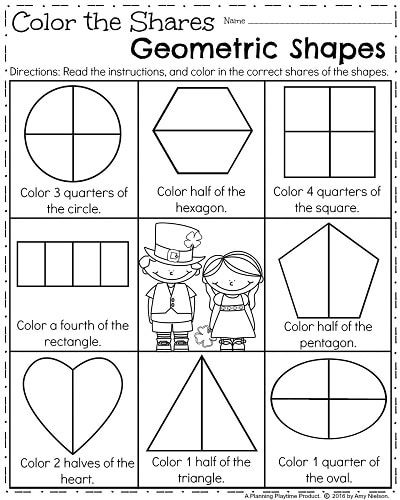
Play in groups. Each student has a set of geometric shapes. The first player places a card with any geometric figure. The second must place a figure that differs from the previous one in some one sign, and so on. For example, the first player places a red small square, the second player must place a yellow small square, the third player places a blue small square, and so on. They play like dominoes.
Game “Draw a picture with geometric shapes”. Purpose: to develop spatial representations, to consolidate knowledge about geometric shapes.
Each student has geometric figures, colored cardboard, glue. From these figures they must "draw" a picture. You need to use all 20 figures. The picture must be interesting. The student comes up with an original name and makes up a story from the picture.
After analyzing the results of the use of didactic games in mathematics lessons in grade 1 in the study of geometric shapes, we made certain conclusions:
- When using didactic games, geometric material is repeated many times.
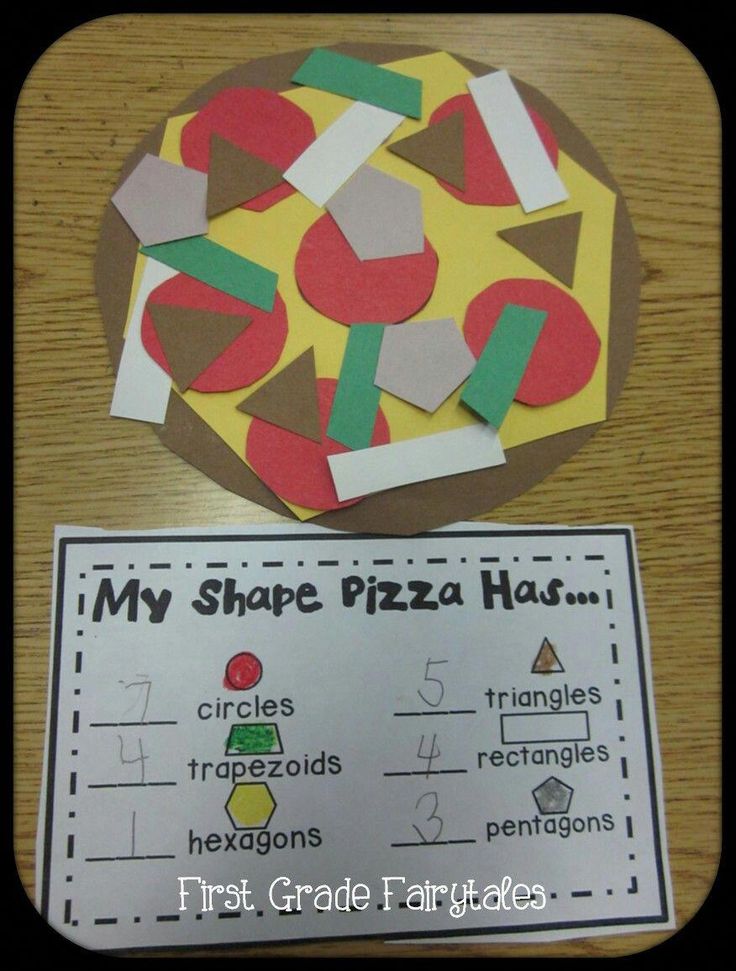
- Didactic games contribute to the development of interest in learning among first-graders, allow better assimilation of the material, create a favorable atmosphere in the classroom.
References:
- Karpova E.V. Didactic games in the initial period of study. A popular guide for parents and educators. / Artists M.V. Dushin, V.N. Kurov. - Yaroslavl: "Academy of Development", 1997. - 240 p.
- Kovalenko V.G. Didactic games in mathematics lessons: Book. for the teacher. – M.: Enlightenment, 1990. – 96 p.
- Krasova O.V. Didactic game in mathematics lessons as a means of cognitive activity of younger students. // School pedagogy. - 2017. - No. 1. - With. 72-74.
- Perova M.N. Didactic games and exercises in mathematics for working with children of preschool and primary school age: A guide for the teacher. - 2nd ed., revised. - M .: Education, Educational literature, 1996. - 144 p.: ill.
- Podkhodova N.S., Gorbacheva M.
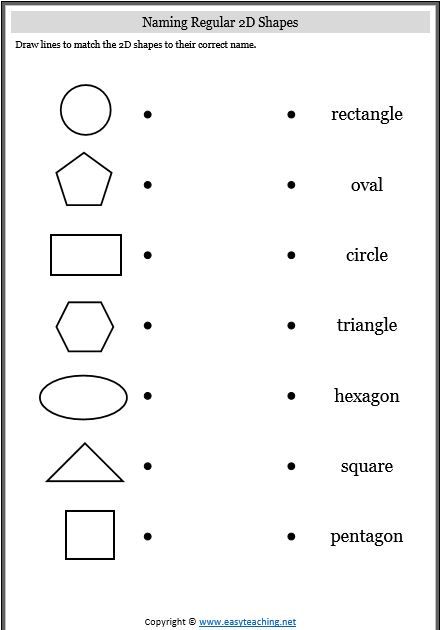
Learn more

